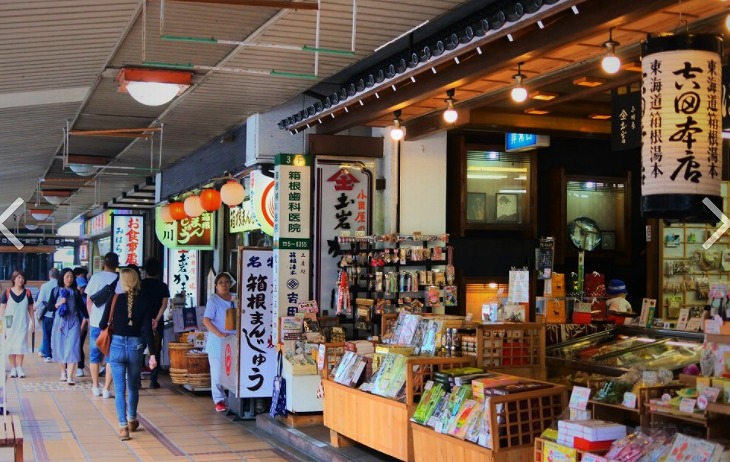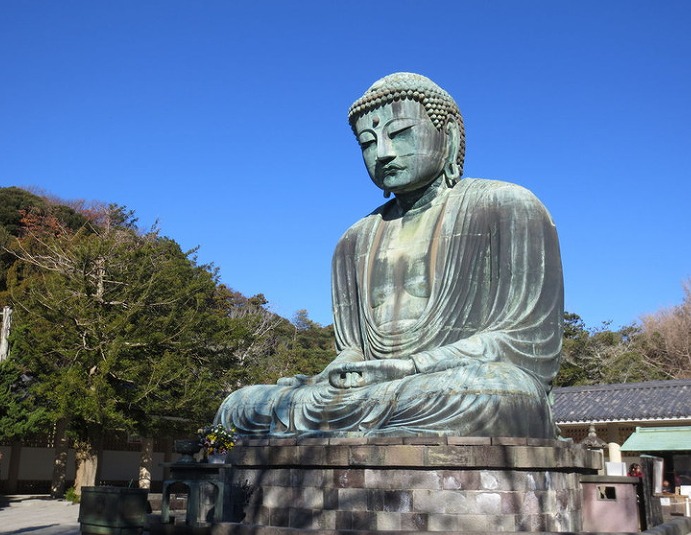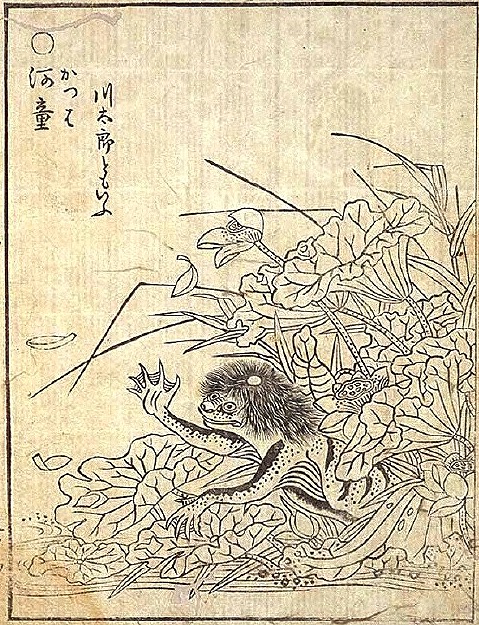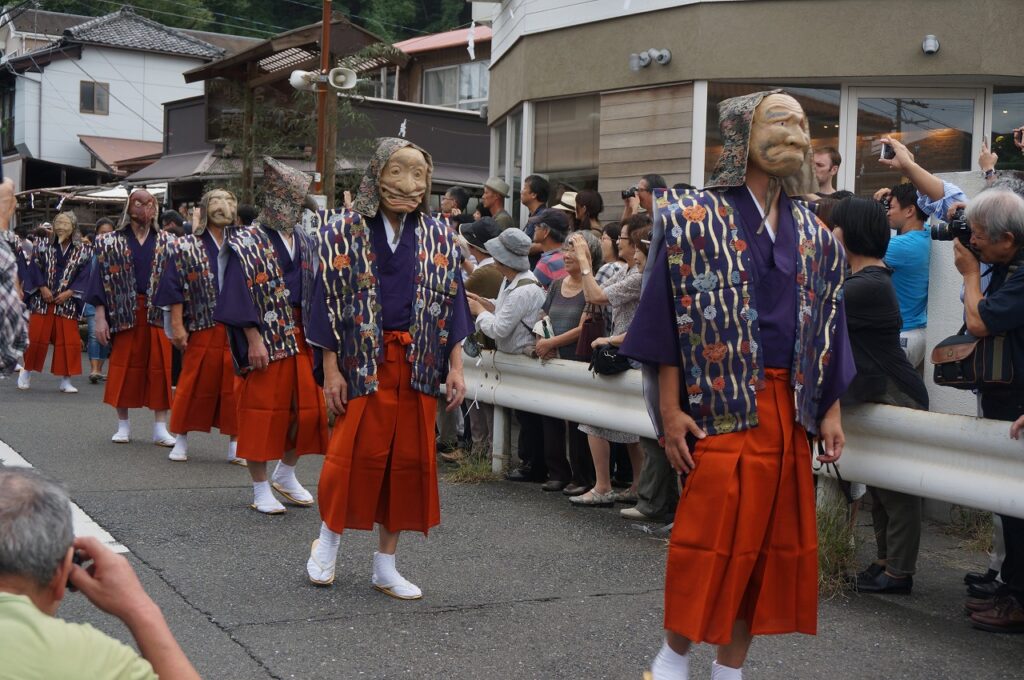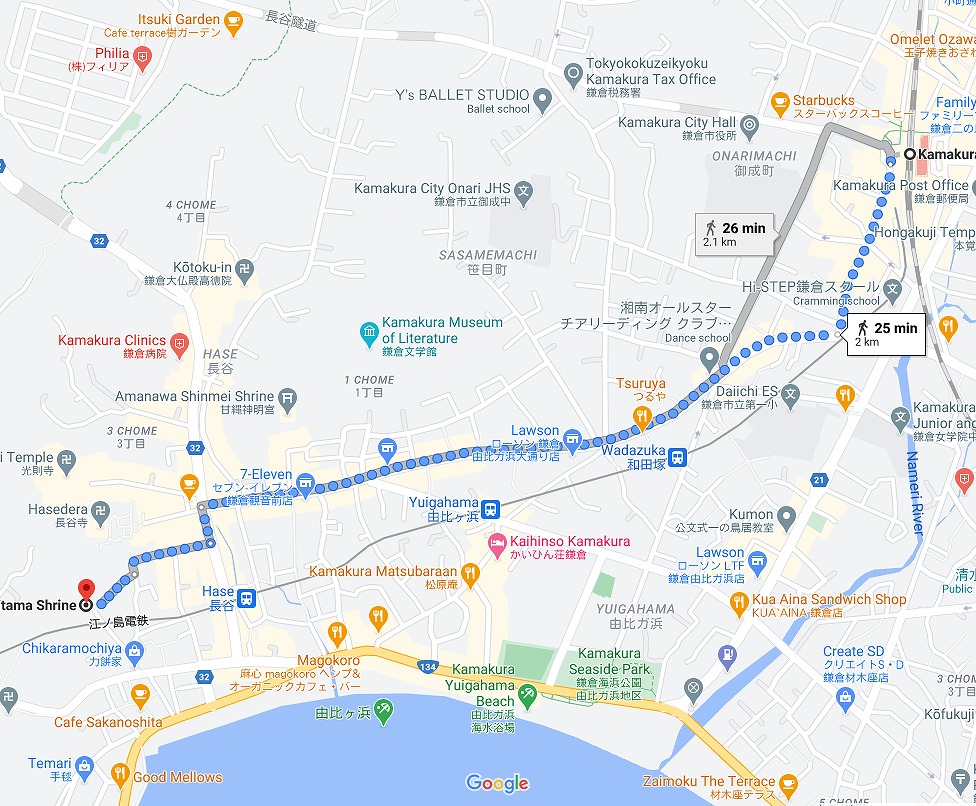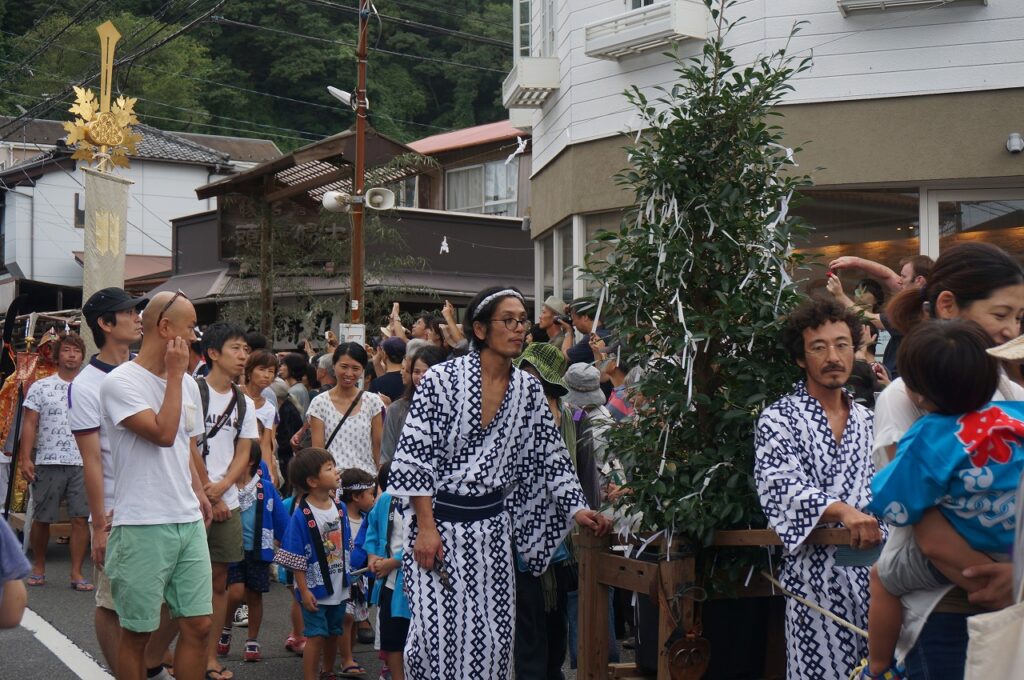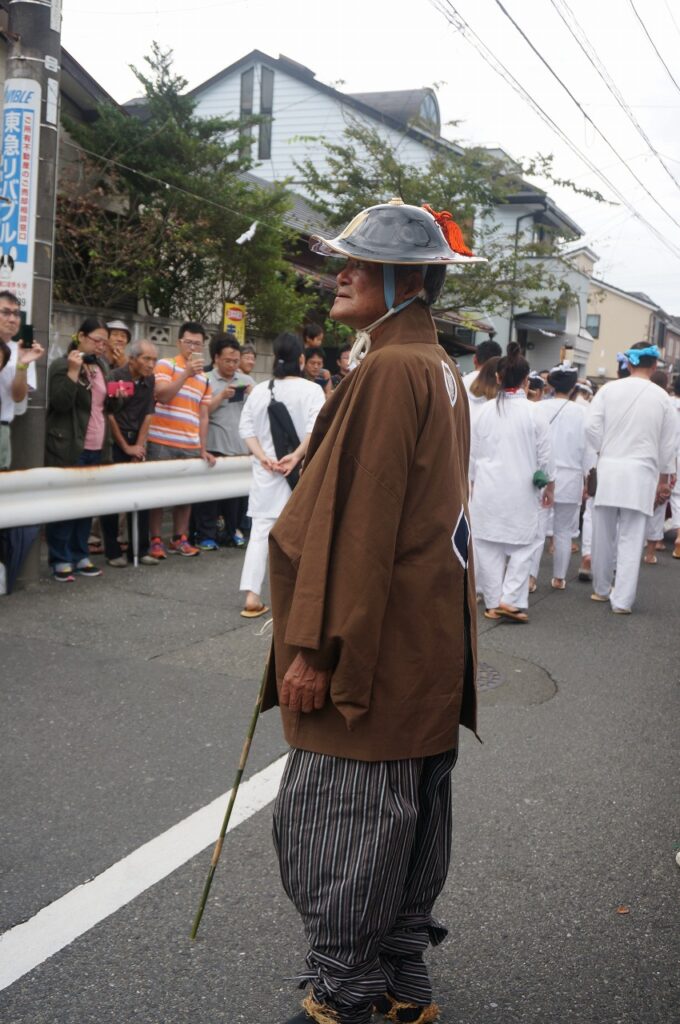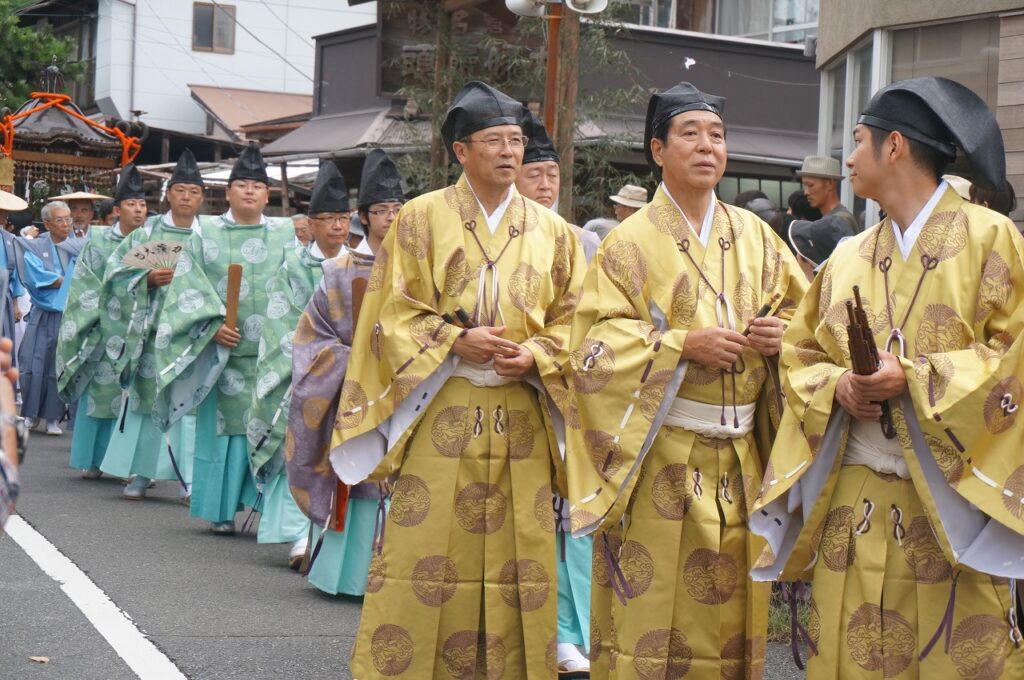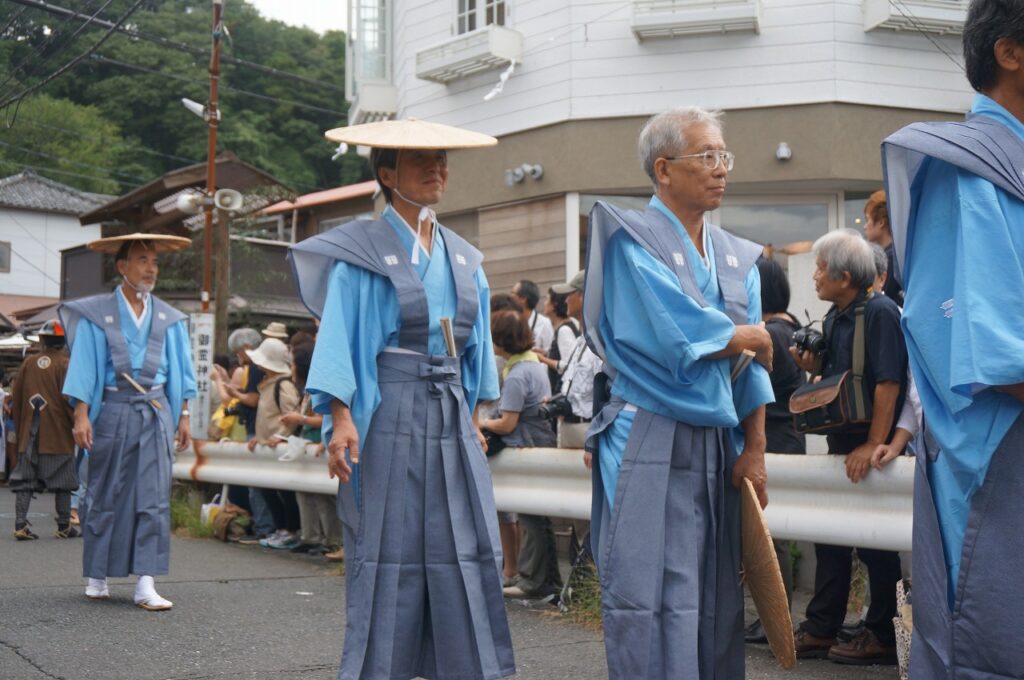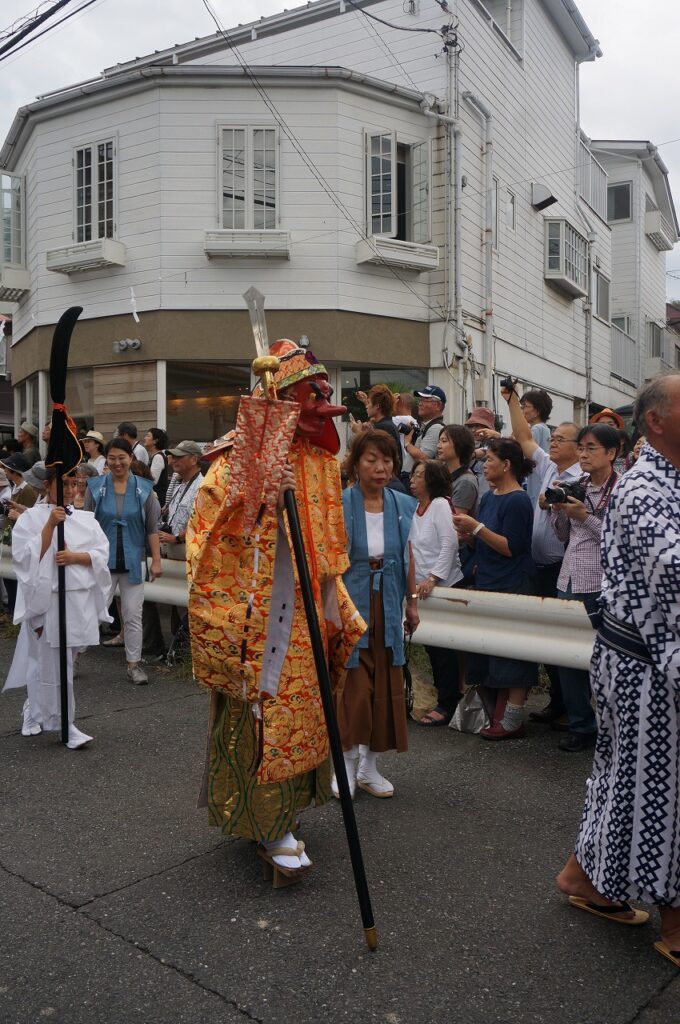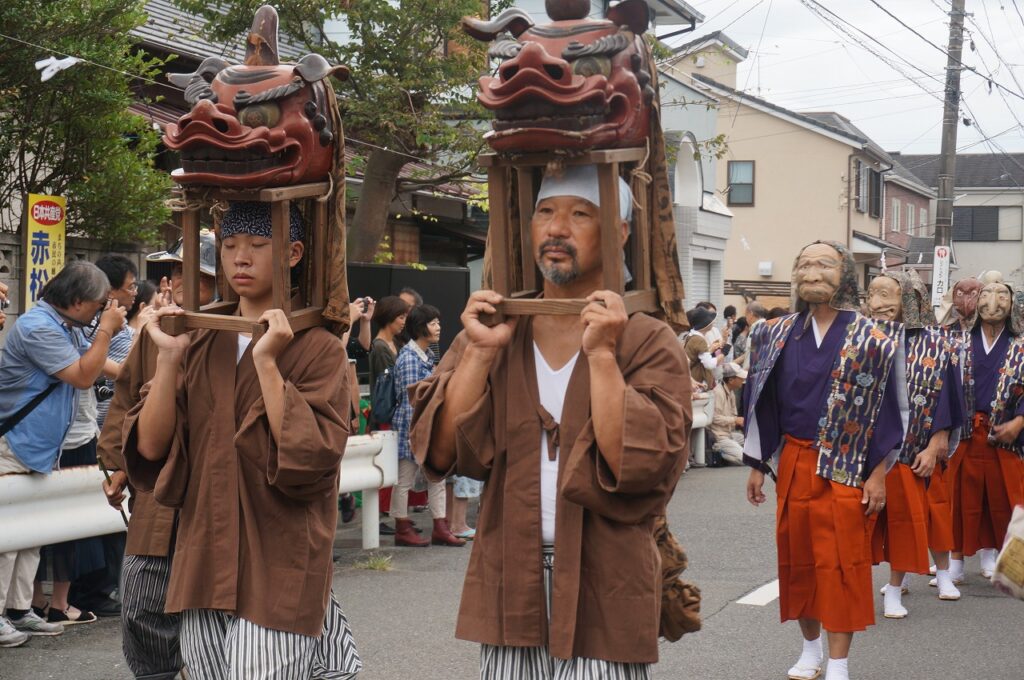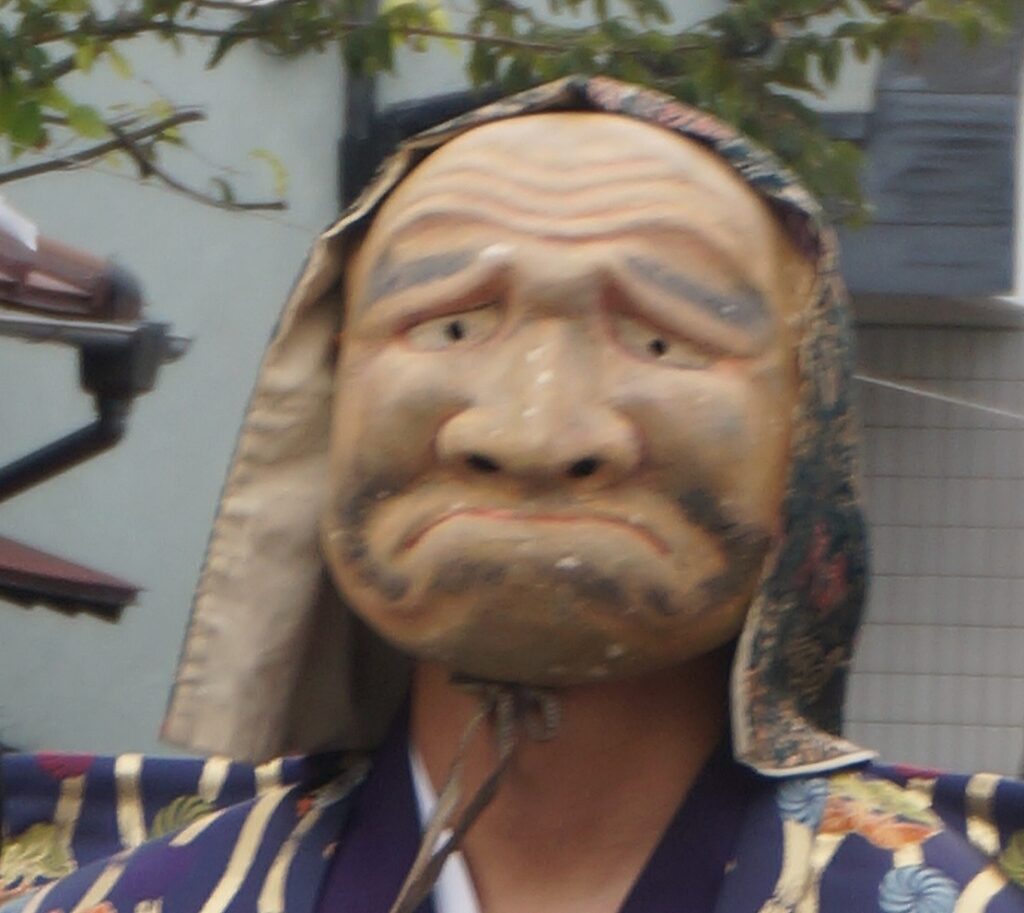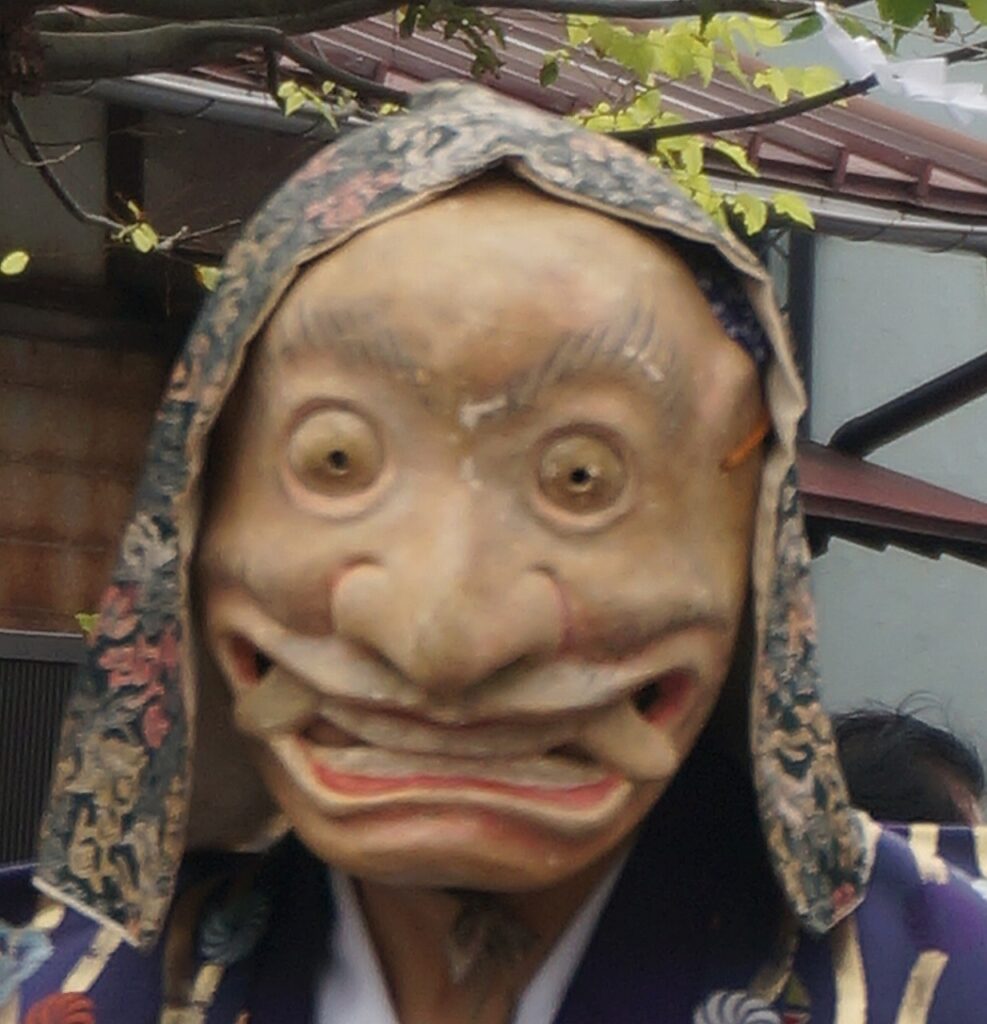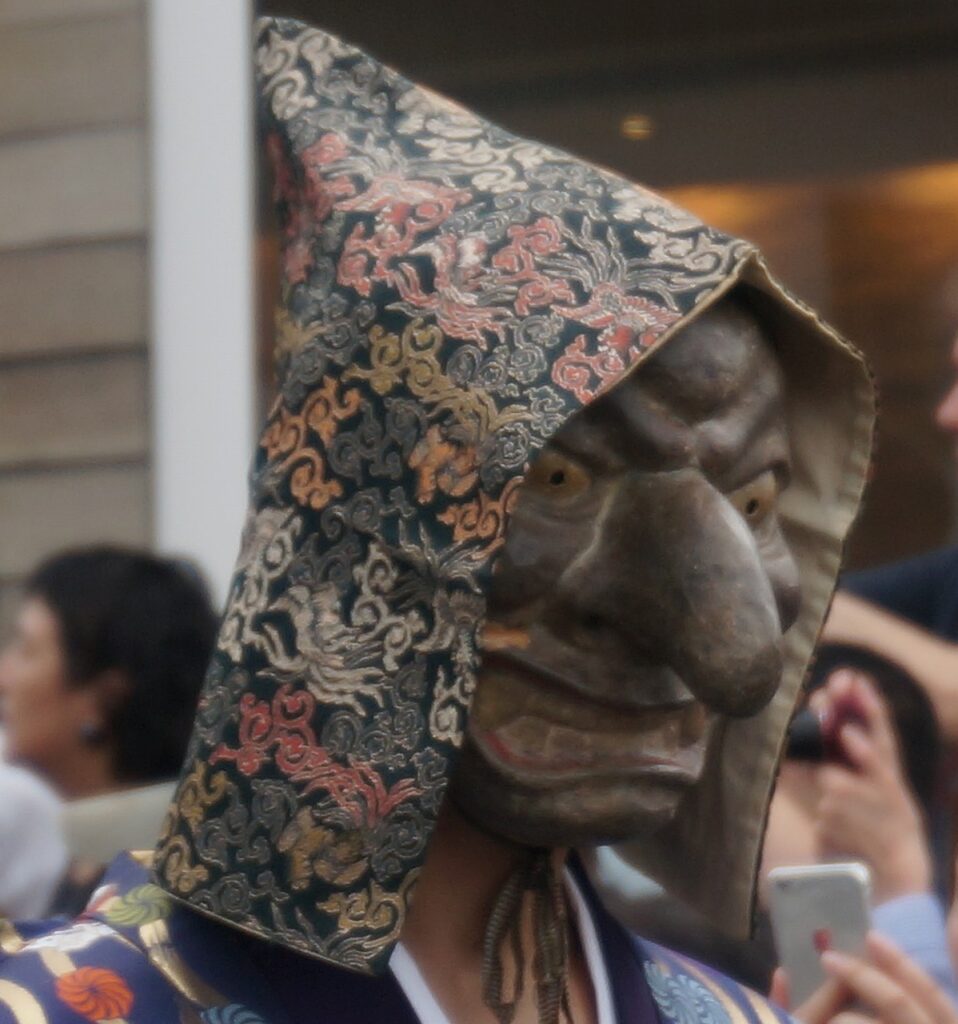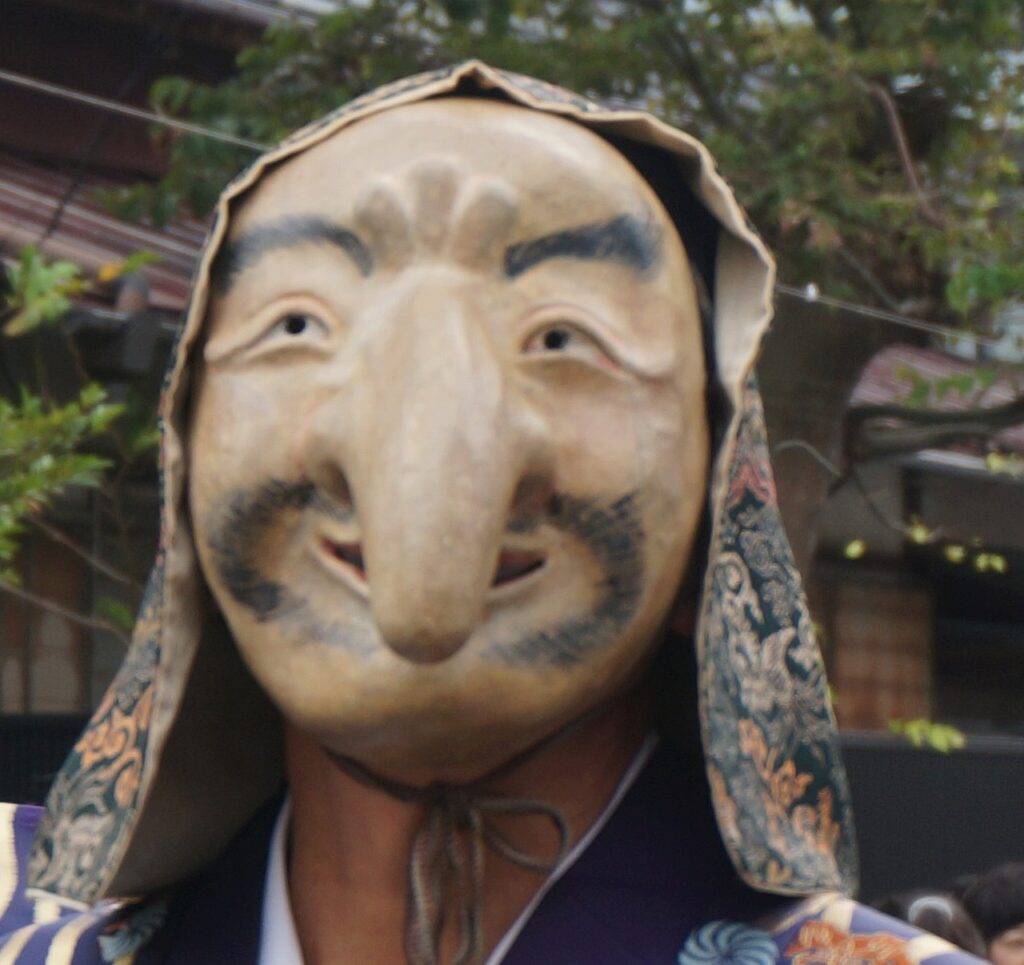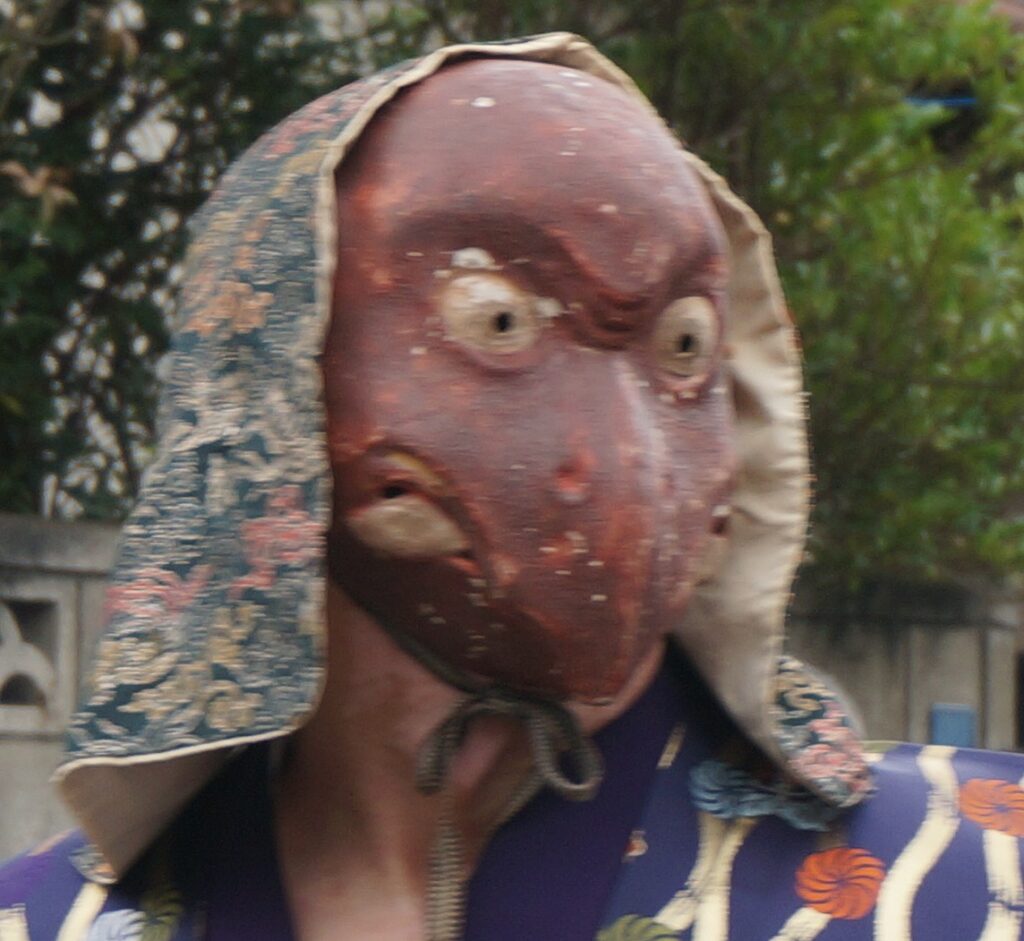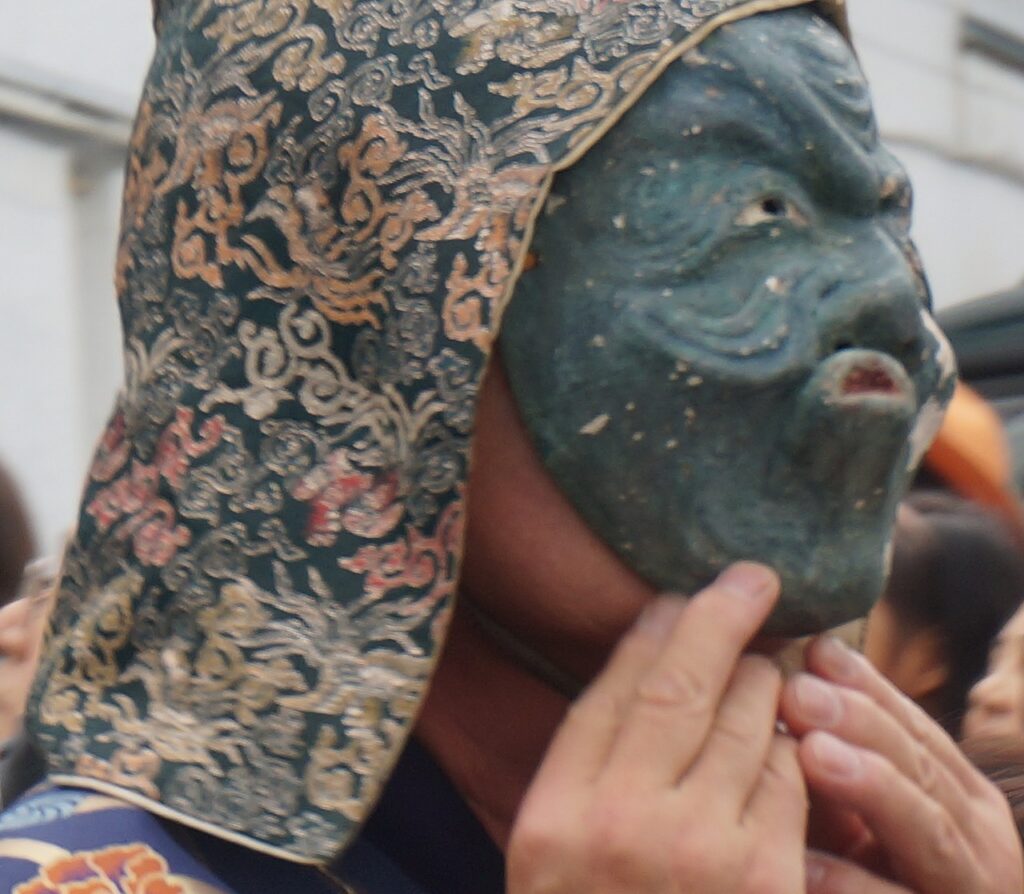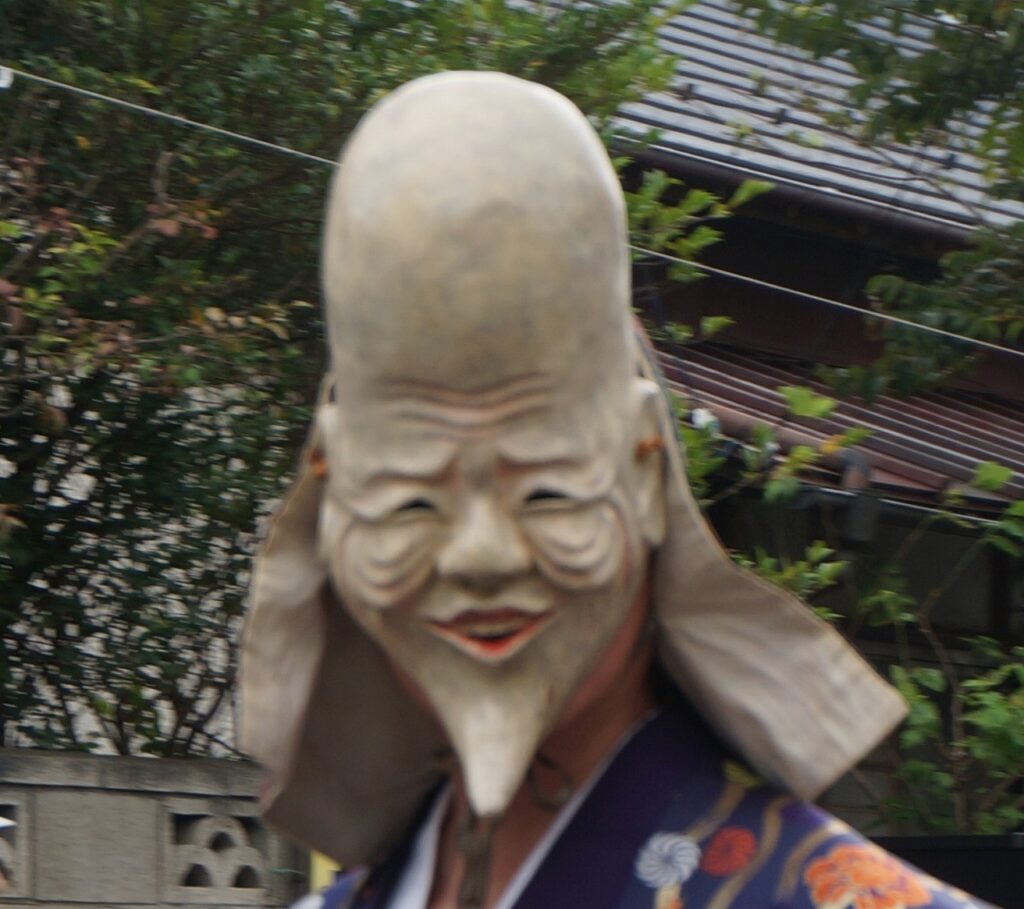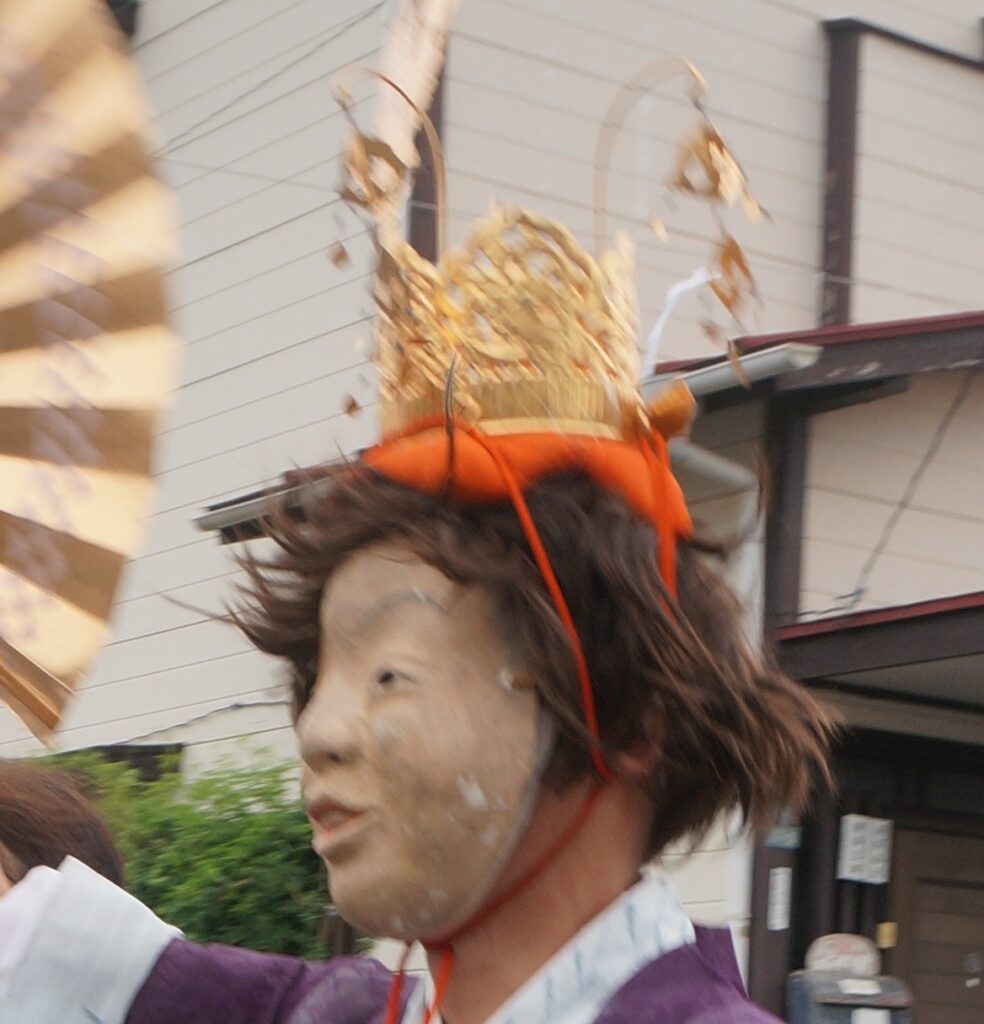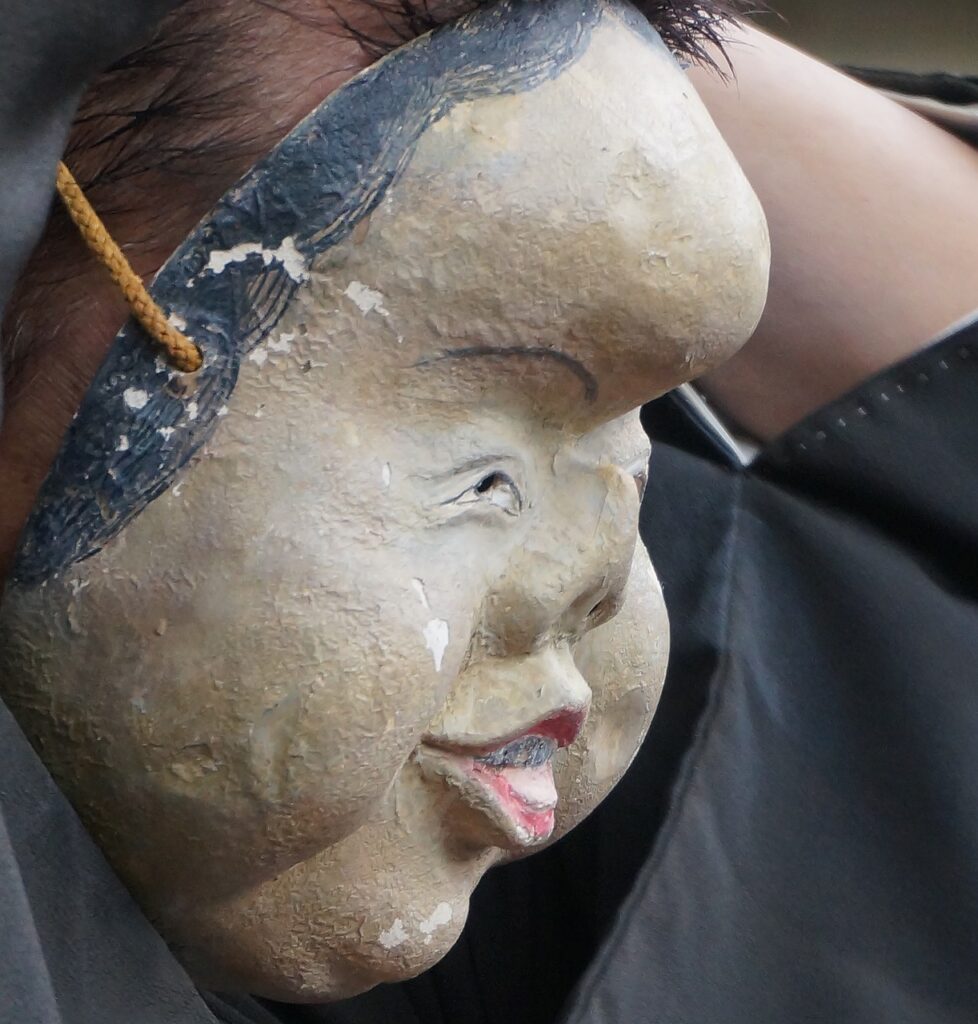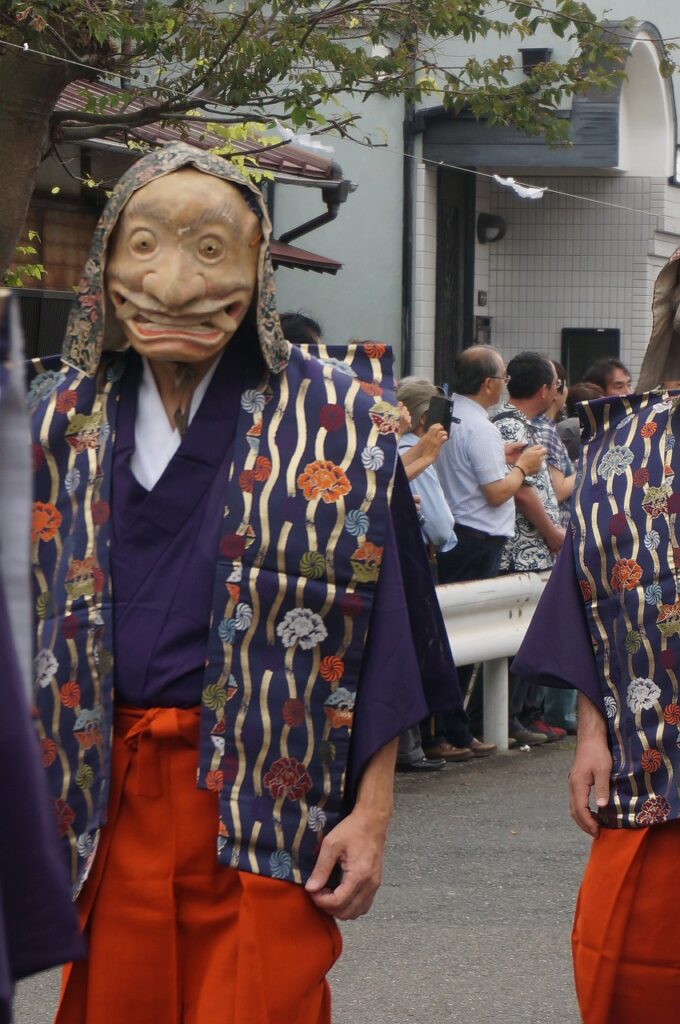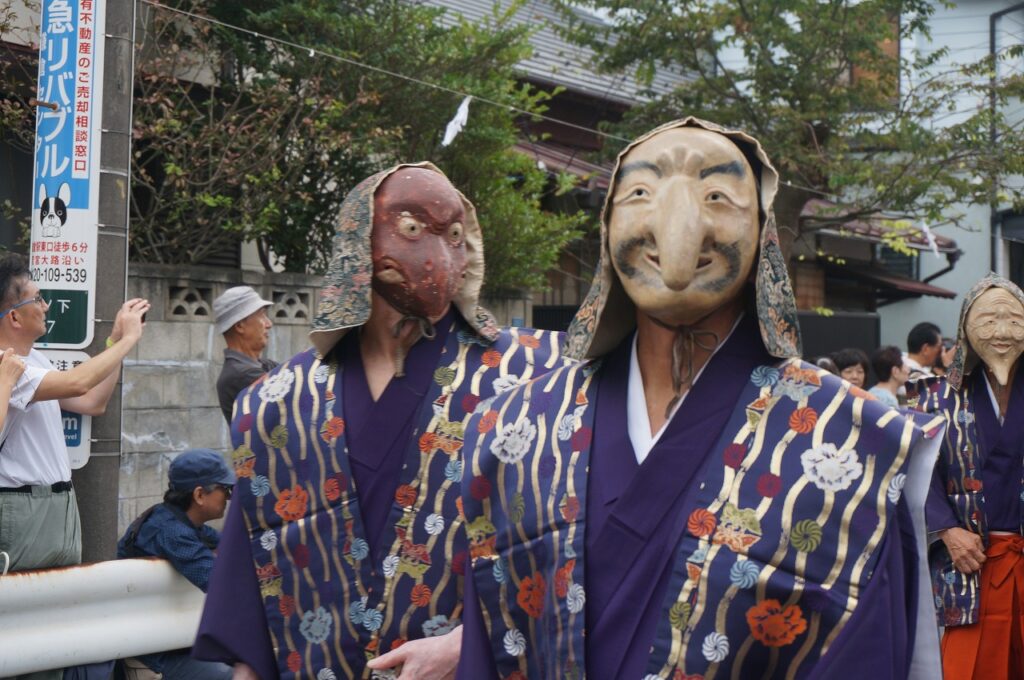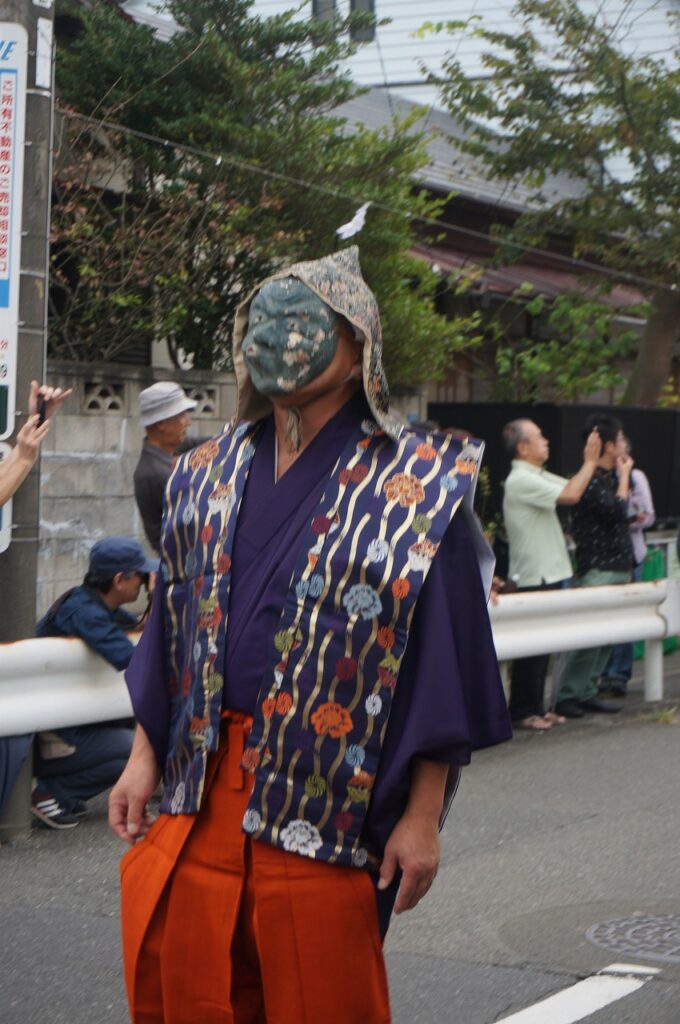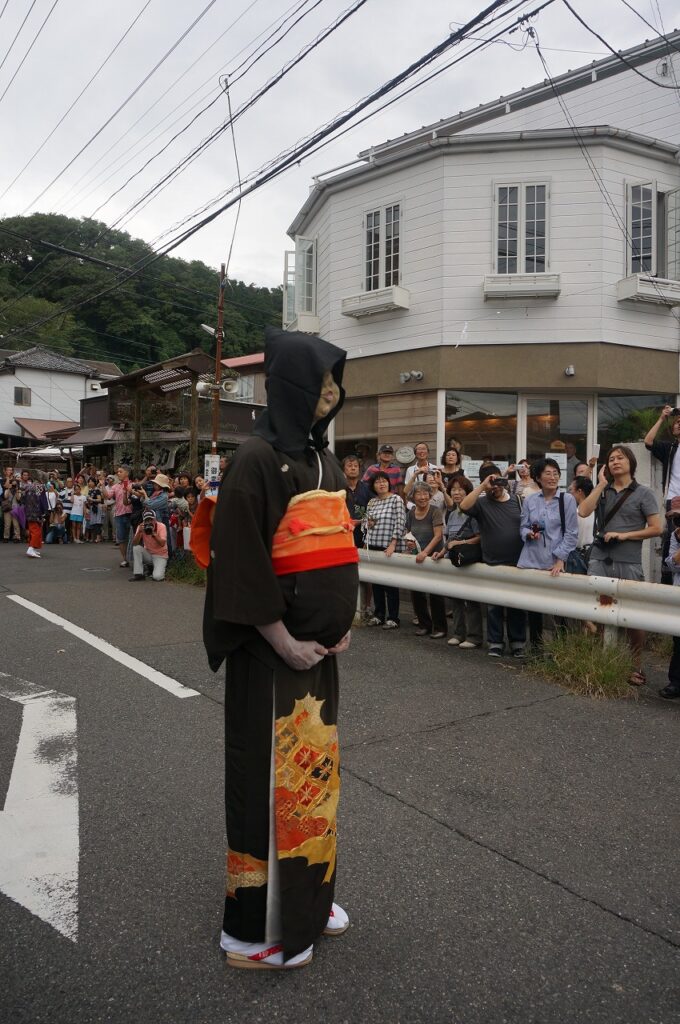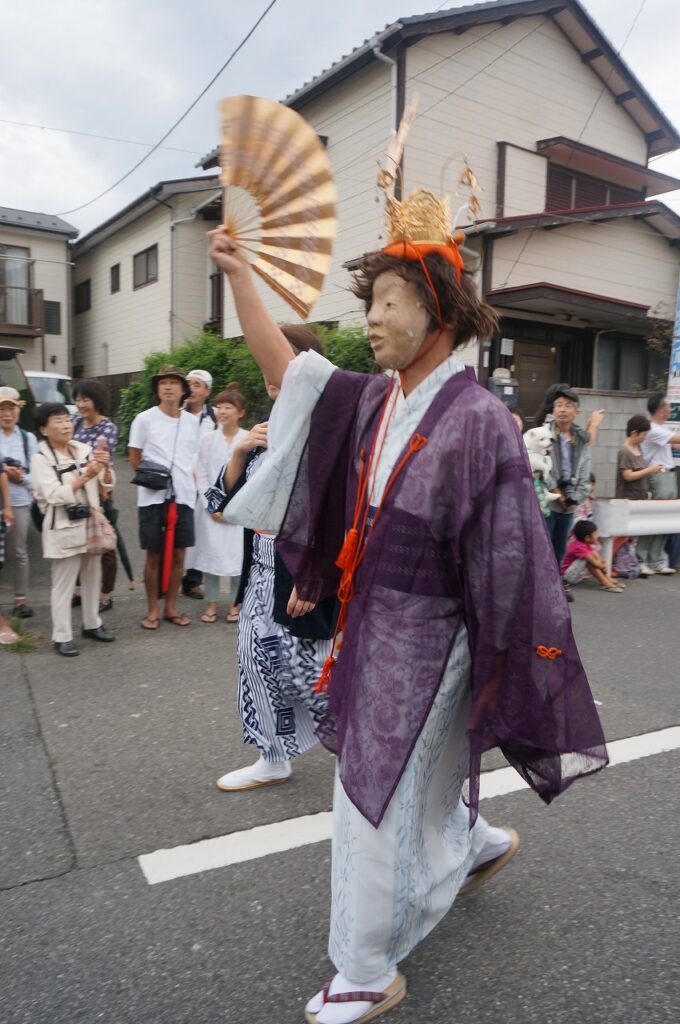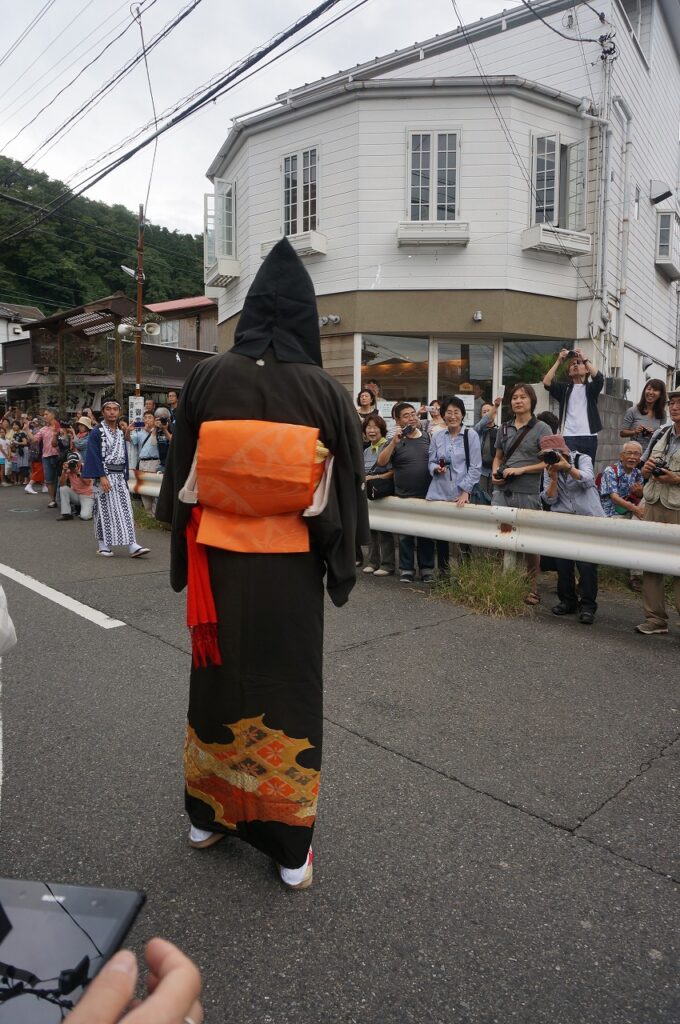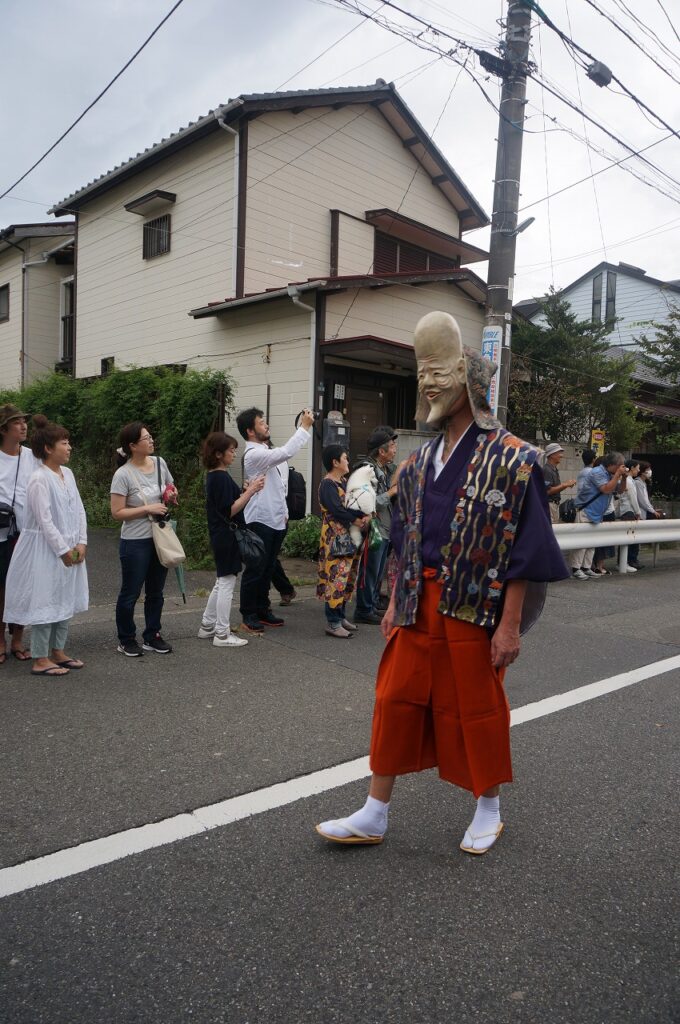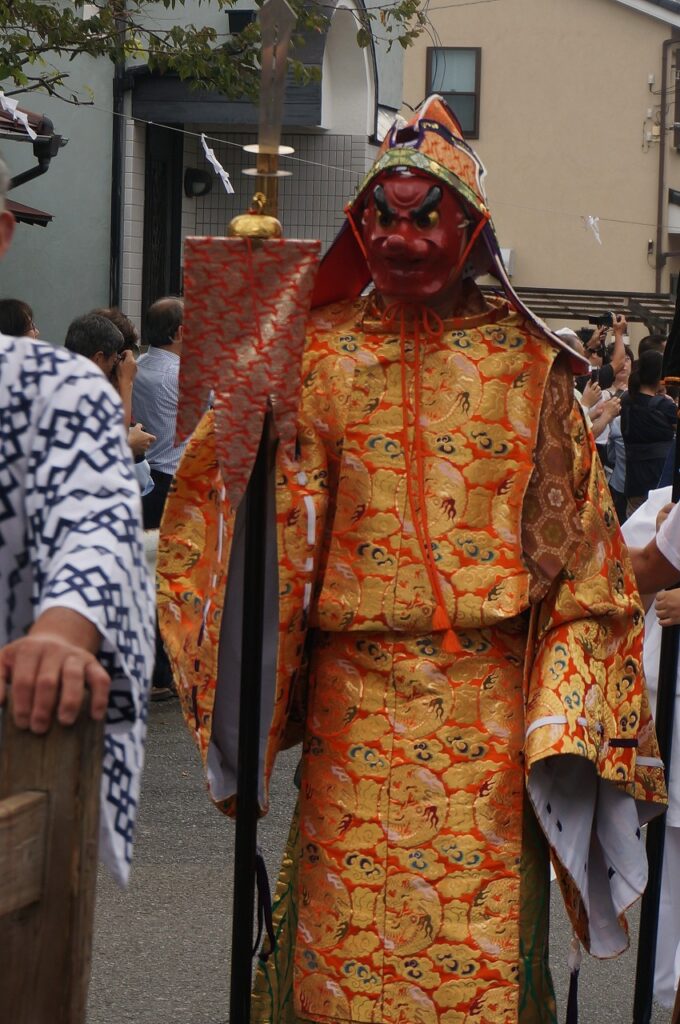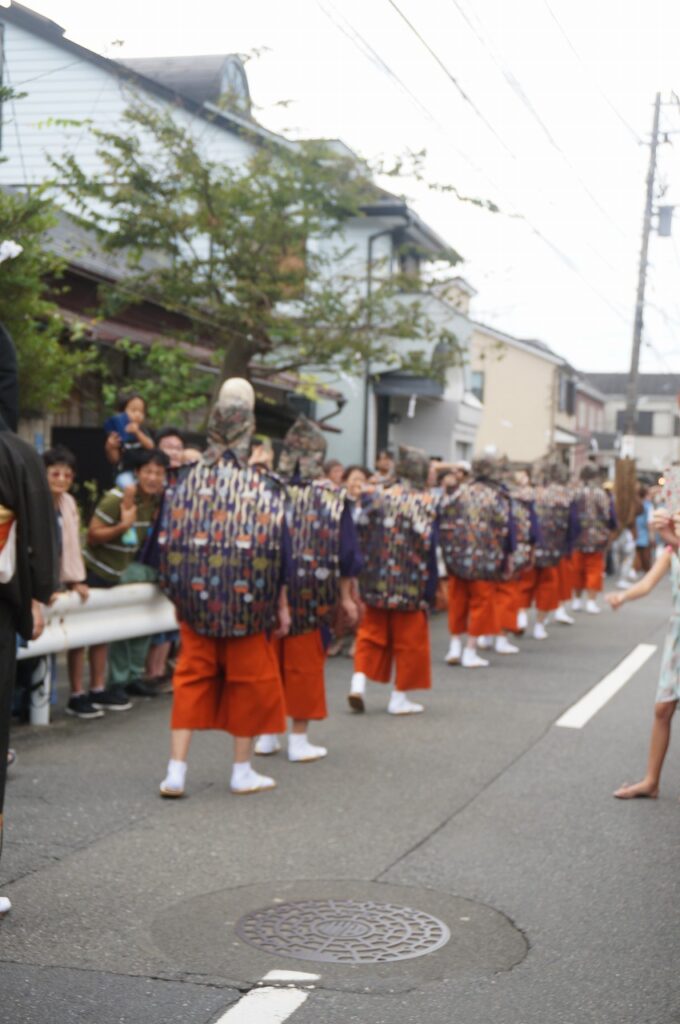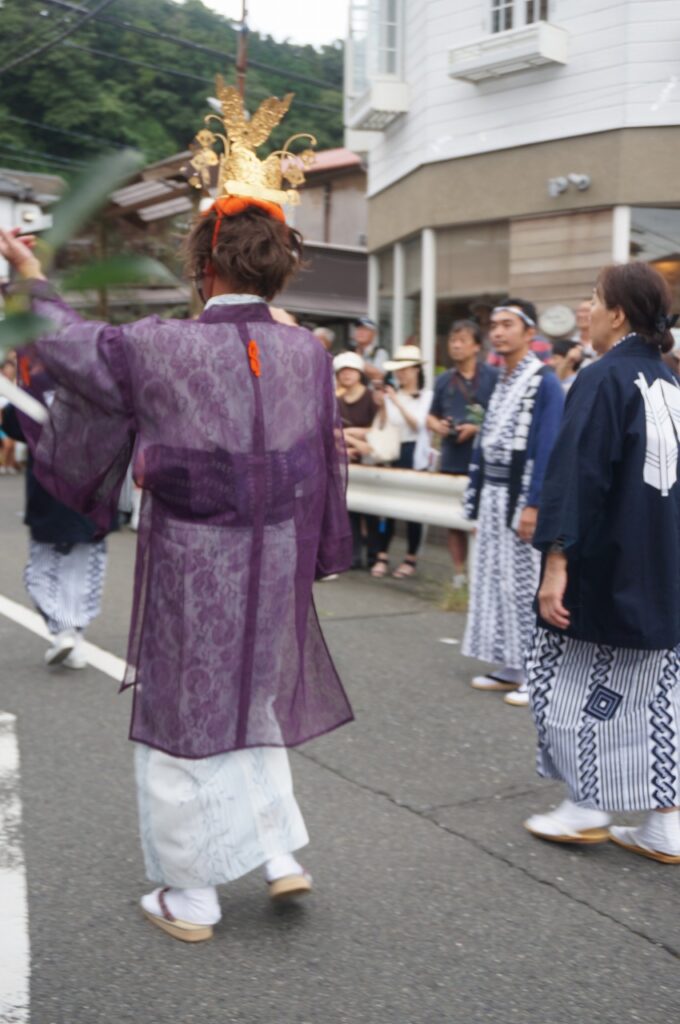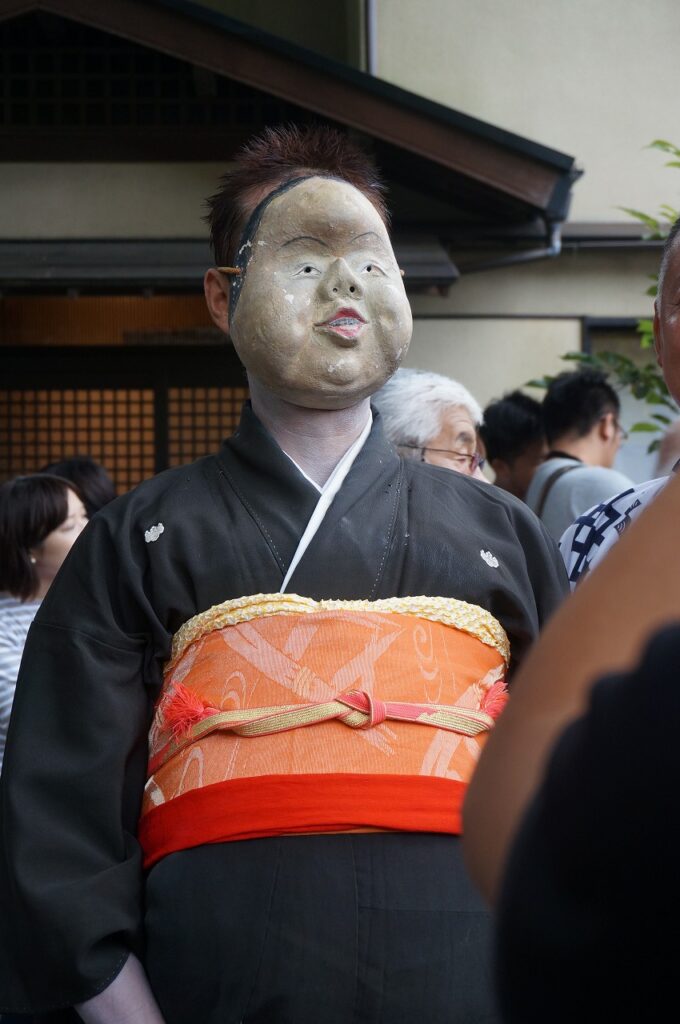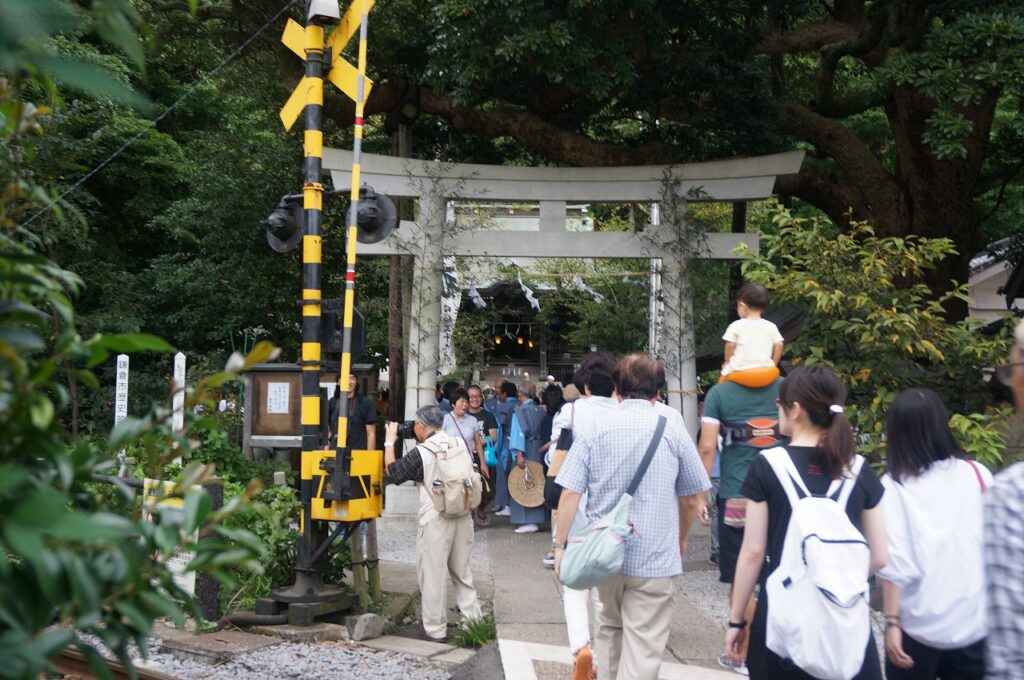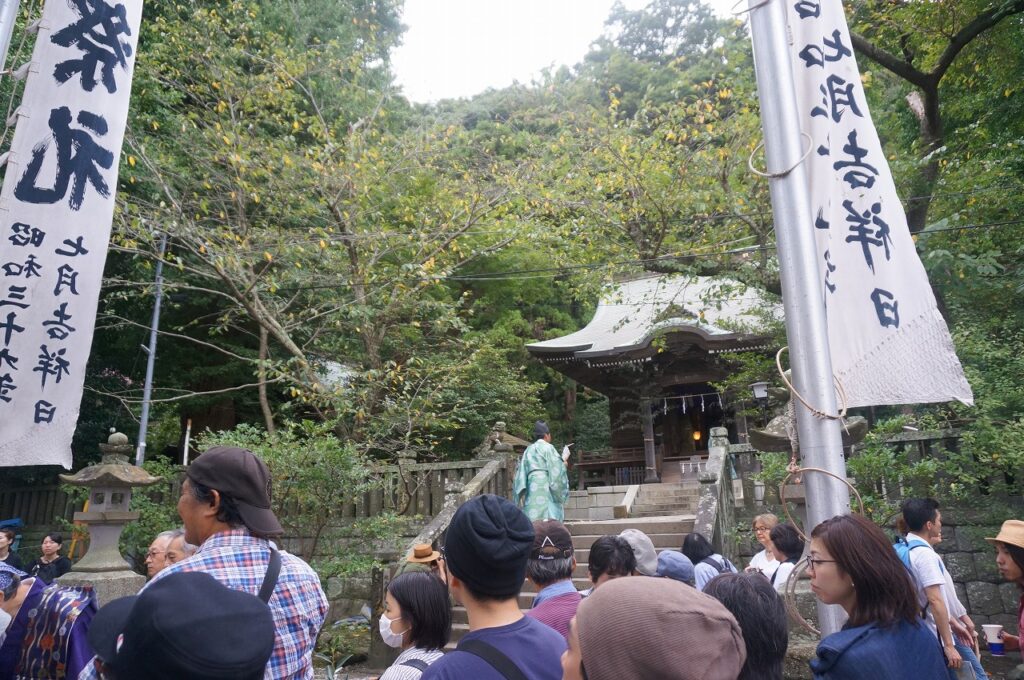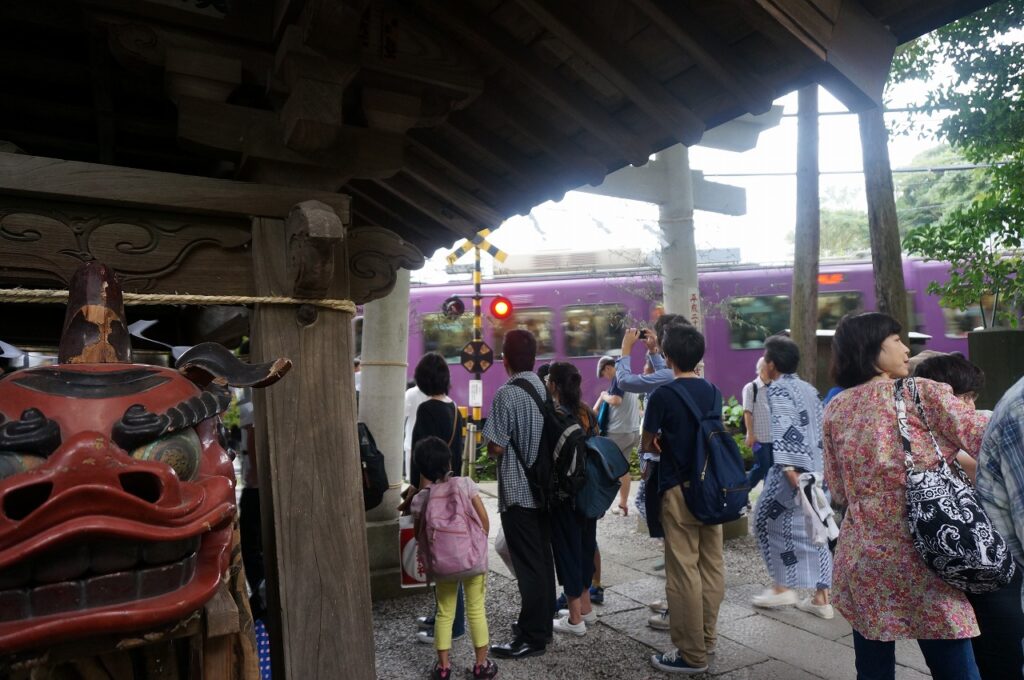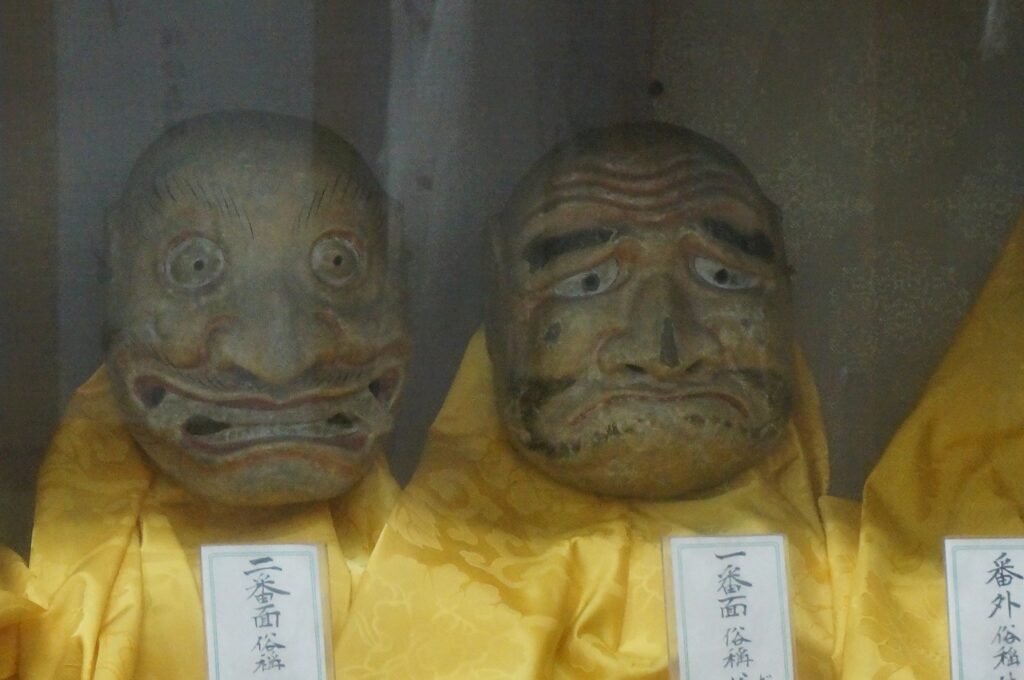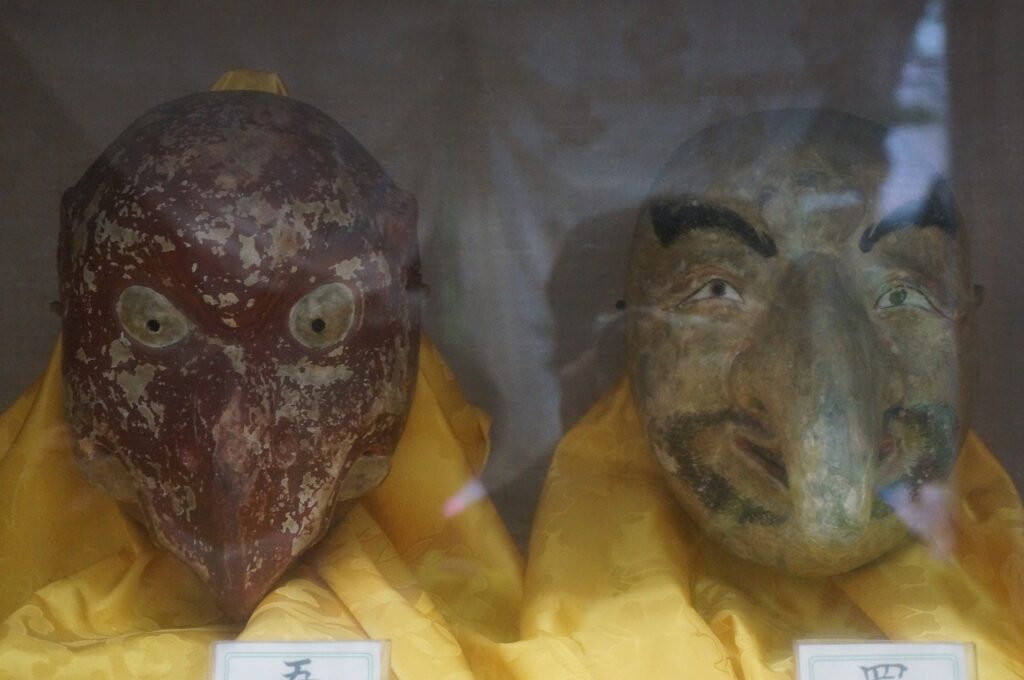Report: Hakone is more than just hot springs – the lion dance of Miyagino
Date: 15 July every year (Date fixed)
Location: Suwa shrine, Hakone town Miyagino 719, Ashigara county, Kanagawa prefecture
Access: from Odawara (JR) or Hakone Yumoto (Odakyu line or Hakone Tozan line) take Bus (bound for Tougendai 桃源台), at Miyagino Eigyosho 宮城野営業所
Introduction
In the past few years, the number of overseas tourists visiting Japan has really increased. In the past, the number of visitors to Japan was so small that it is almost impossible to say that Japan was not interested in the tourism industry; the number of visitors finally reached 5 million in 2003, but it took about 11 years to reach 10 million. Recently, however, the government has made a serious effort to increase the number of visitors to Japan, and the number of visitors has reached w14 million in just three years.


In Japan, there is a tourist route known as the Golden Route that connects Tokyo, Hakone, Mt. Fuji, Nagoya, Kyoto and Osaka.
One of them, Hakone, is known as a hot spring resort in Japan, and is also a destination for school trips in elementary and junior high schools from neighboring areas. It is also one of the most important stations on the Tokaido 東海道 Highway, connecting Tokyo and Kyoto. The Tokugawa Shogunate, which was based in Edo (present-day Tokyo), designated Hakone as the final defense point to stop enemies attacking from the west, and it was also famous for the rigid checkpoint. However, even in such Hakone, lion dances are quietly preserved: at Sengokuhara (仙石原) in March, at Kintoki (金時) Shrine in May, and at Miyagino (宮城野) in July.
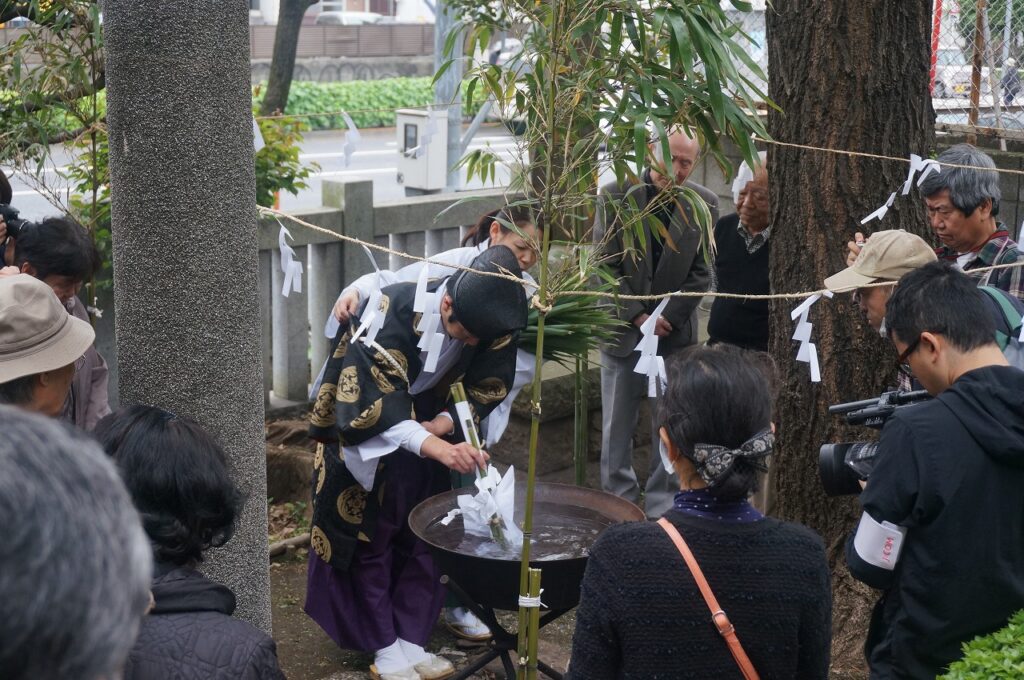
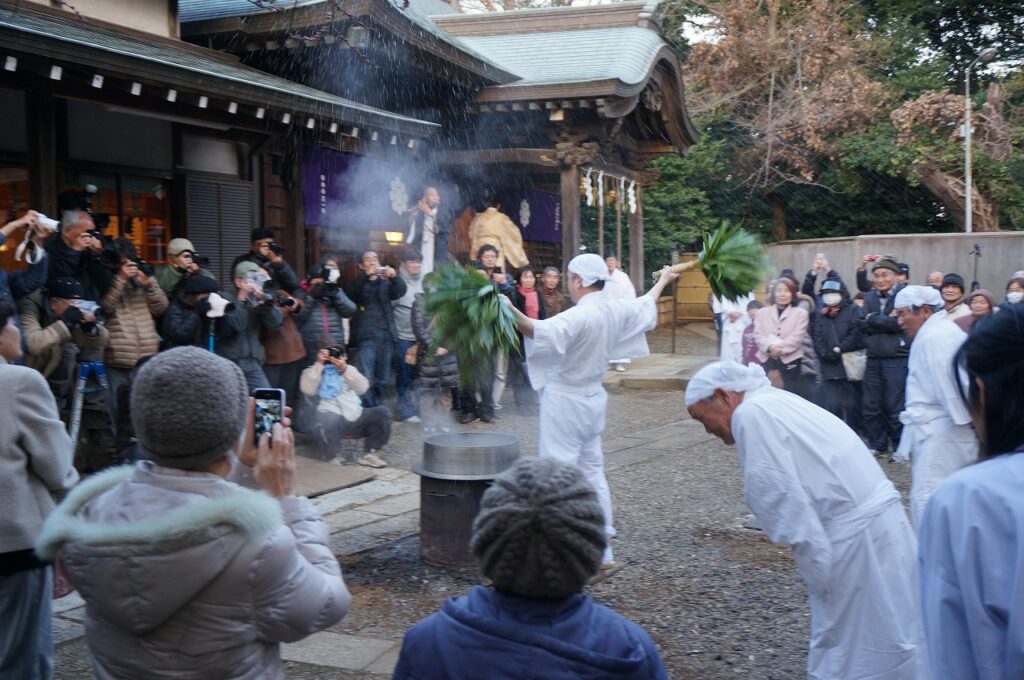
These shishimai (lion dance) are called “Yutate” lion dances and are very rare events in Japan. “Yutate” is a ceremony, in which a large cauldron is set up in the festival site to boil water, a shimenawa rope to create a boundary surrounded around the cauldron, the surrounding area is decorated to welcome the gods, and the purified water offered to the gods. At the end of the ritual, one of the Shinto priests dips a sacred staff with strips of paper and bamboo leaves attached in the hot water and sprinkles it around.
Going to the shrine


This time, I took a bus from Odawara. Odawara was not only the gateway to Hakone, but also a stronghold of the feudal lords who once ruled the Kanto region, and you can see the castle from the station (although it is a restored one). However, most surprisingly, almost all the passengers were tourists from overseas. There were only a couple of Japanese passengers, and all the passengers on the bus spoke English and French. We Japanese felt small. The bus enters the mountain road halfway up the winding road. When you get off the bus, there are banners announcing the Shishimai everywhere, so it’s easy to find your way. After passing through a residential area, you walk up a gentle slope for about ten minutes. When you see a bridge with a red railing, the shrine is just around the corner. There are two paths, called Otoko-zaka (the slope for men) and Onna-zaka (the slope for women) respectively. The slope for men is steeper and the slope for women is gentler, but either way, the climb is inevitable.
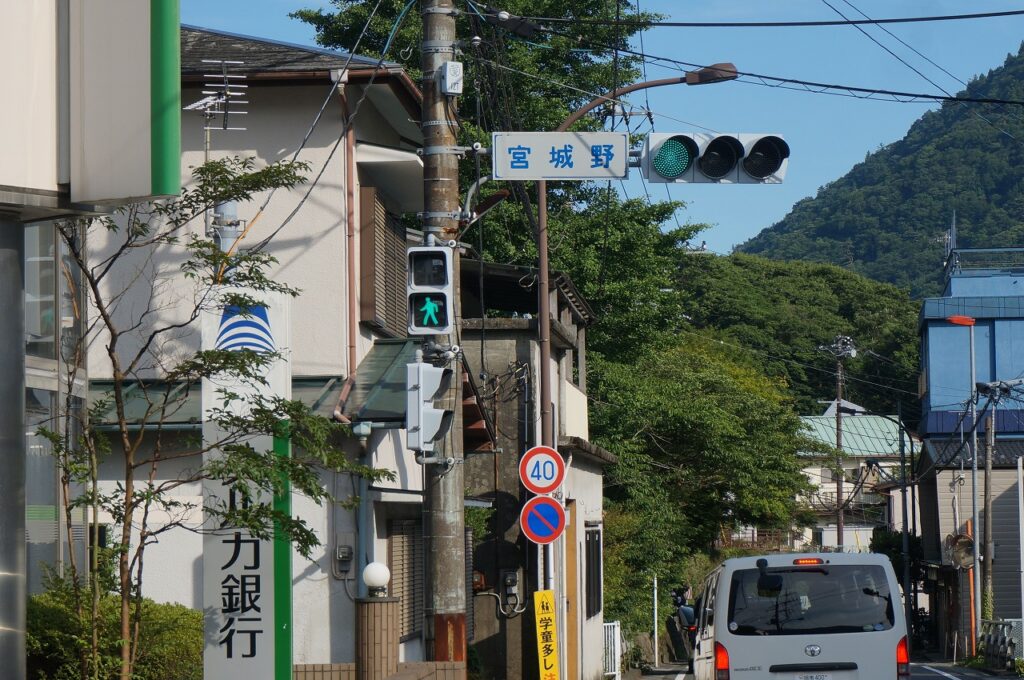
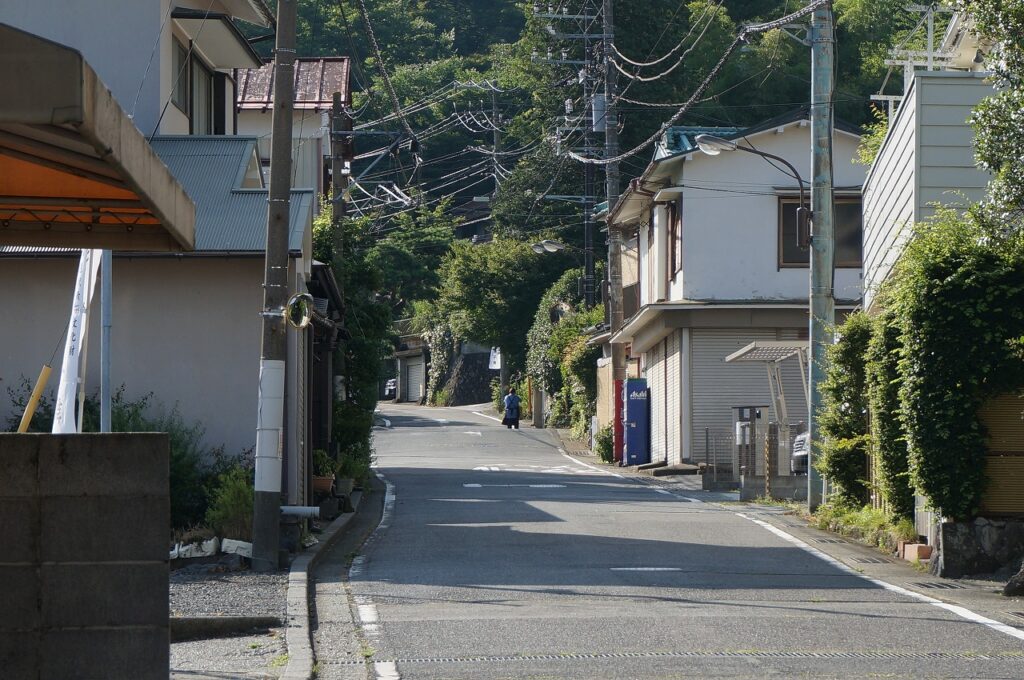
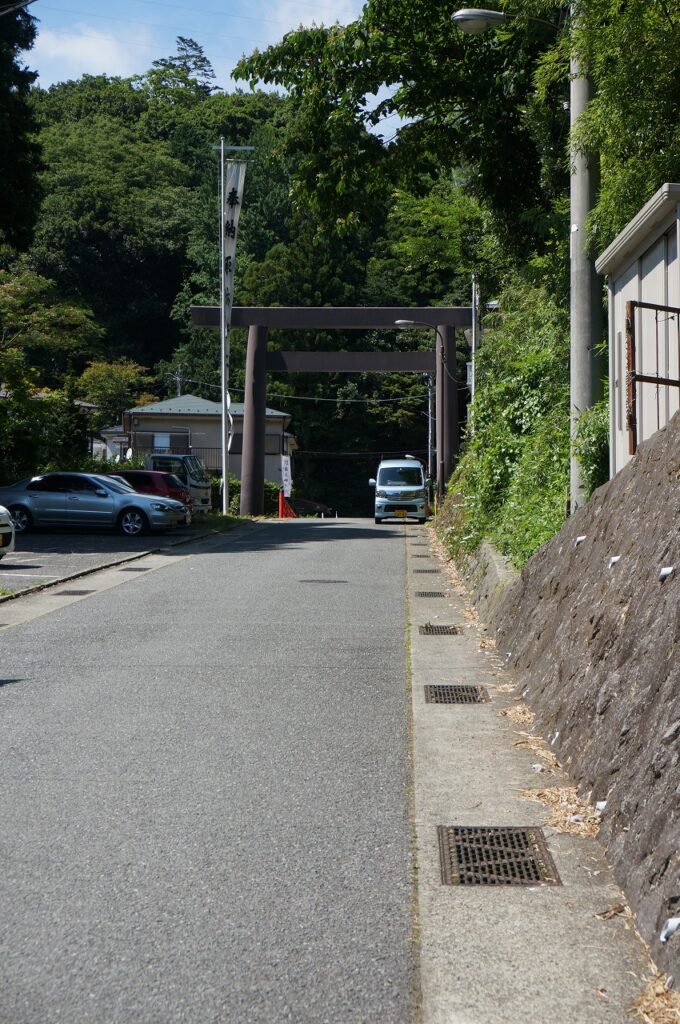

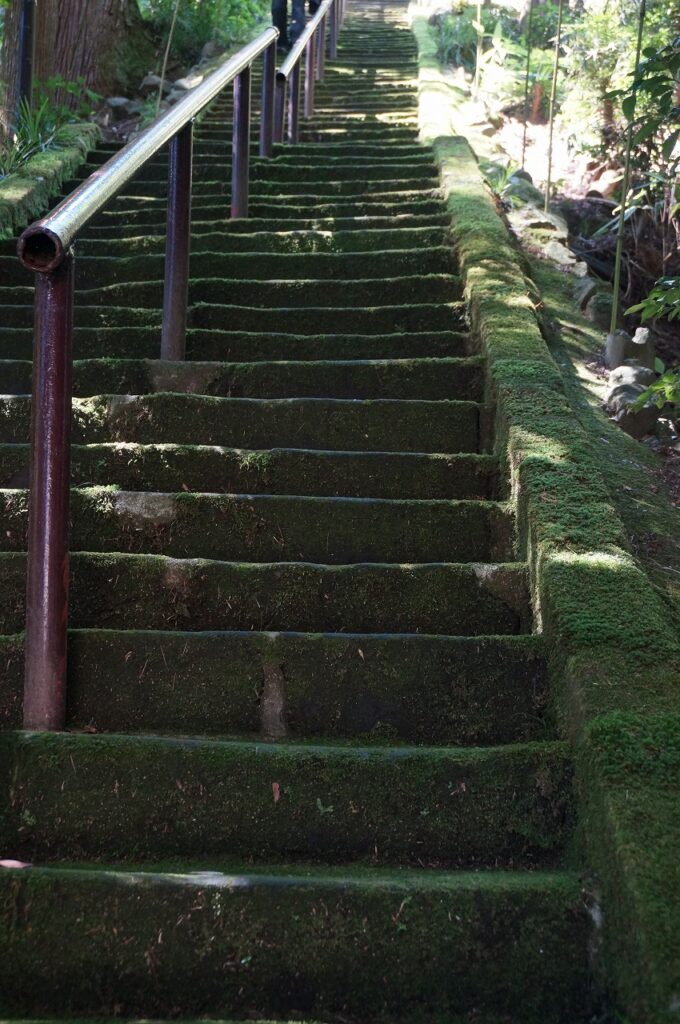
From there, the shrine is at the top of the last long flight of stairs. It is the height of hot summer. Summer in Japan is hot and humid. The sun is shining and the heat will make you feel exhausted. However, when I reached the shrine, one of the staff of the ceremony said, “Thank you for your hard work,” and handed me a sports drink. This was a nice present.
Ceremony
The time was 2 p.m. The event had just begun. It begins inside the shrine. There are spectator seats on both sides facing the main shrine. The left side is covered with chairs, and the right side is covered with blue sheets. All other areas are separated by ropes, making it a sacred area. In front of the left side of the room, kindergarteners are accompanied by their teachers. In front of the main shrine, the lion’s head and the names of today’s performers are displayed. In fact, the biggest difference between this one in Miyagino and the other one in Sengokuhara is that the main performers are junior high school students. And all the adults play supporting roles.

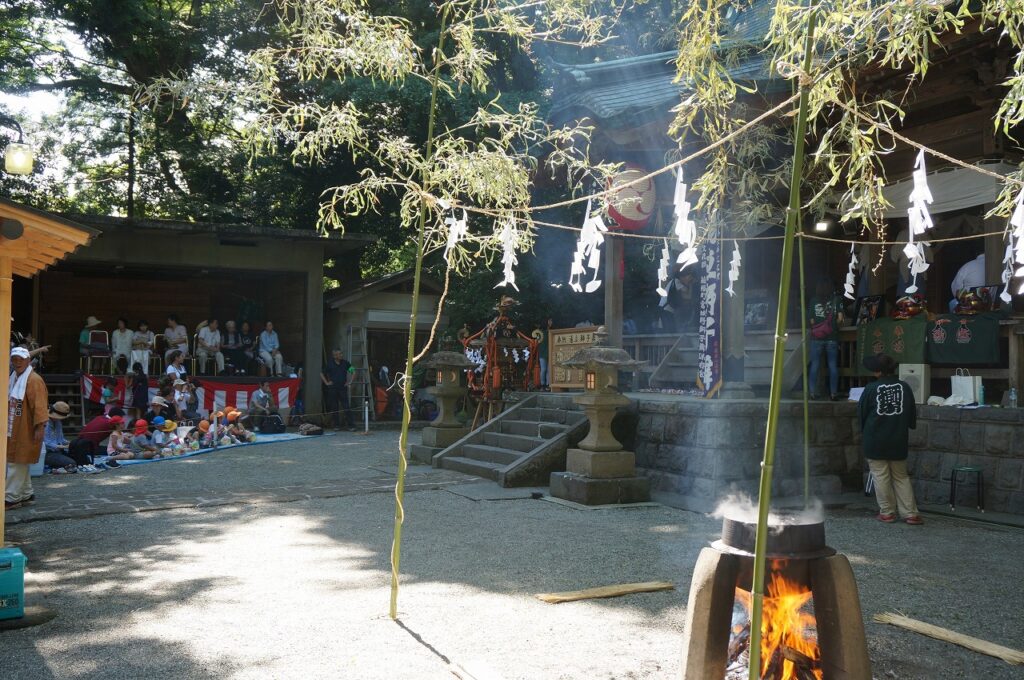
Before the ceremony
The lion dance begins at 2:00 p.m., but it actually starts on January 7. On this day, the first rehearsal is said to begin. And the real practice starts a week before. In the evening of the day before, everyone gathers at the shrine and goes to the waterfall to bathe in water to purify themselves. This is repeated 12 times, and then at midnight a dance called “Tsuji-jime” is performed at several places in the village. This is a spell to ward off evil spirits. At dawn, when the dance is over, they go to the twelve designated shrines to pay their respects. Only after all of this is done, the lion dance comes back to the shrine.
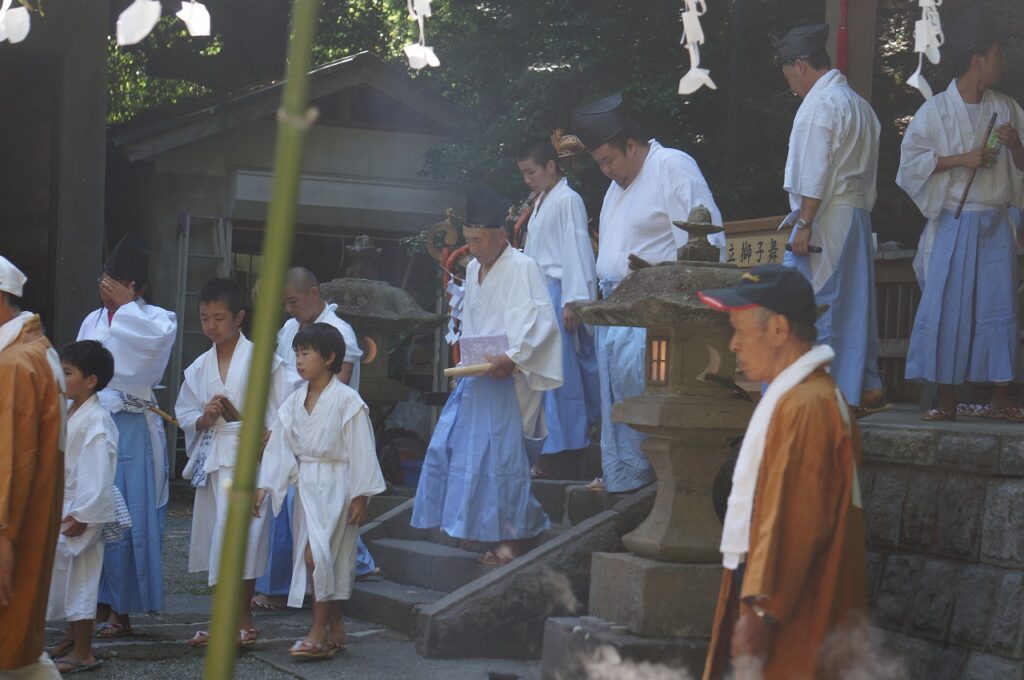
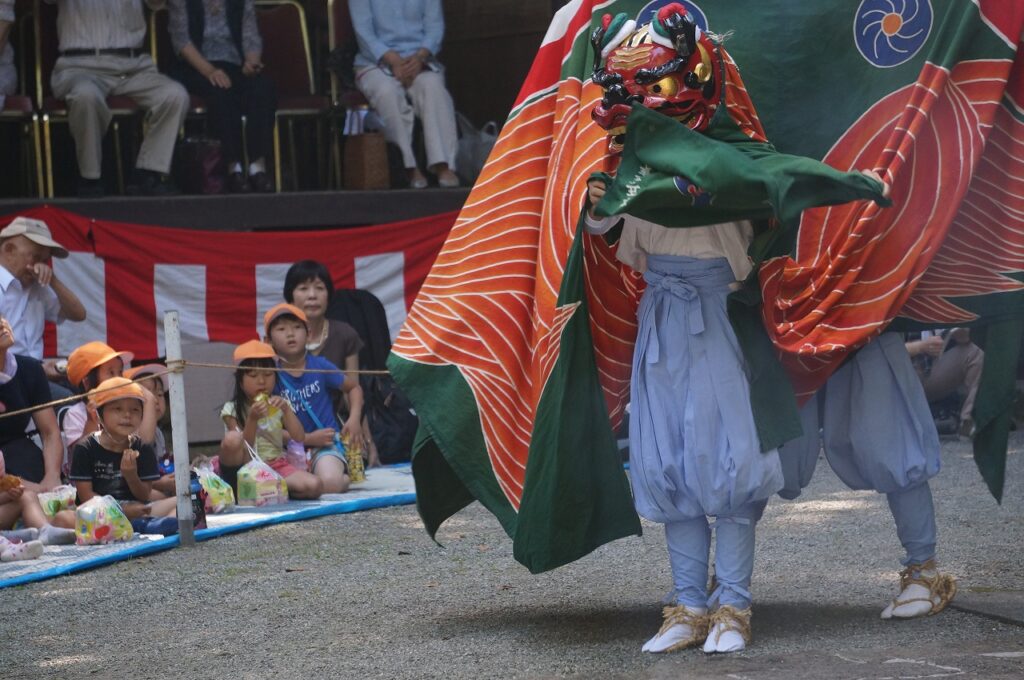
Down into precinct
After dedicating the dance inside the main shrine for about half an hour, the lion finally descended towards the shrine grounds. The lion wears a large curtain and has four legs, one in the front and one in the back. This is the basic form. In some cases, the performer in front holds the head with his or her hands, in another case, the performer wears it on his or her head.

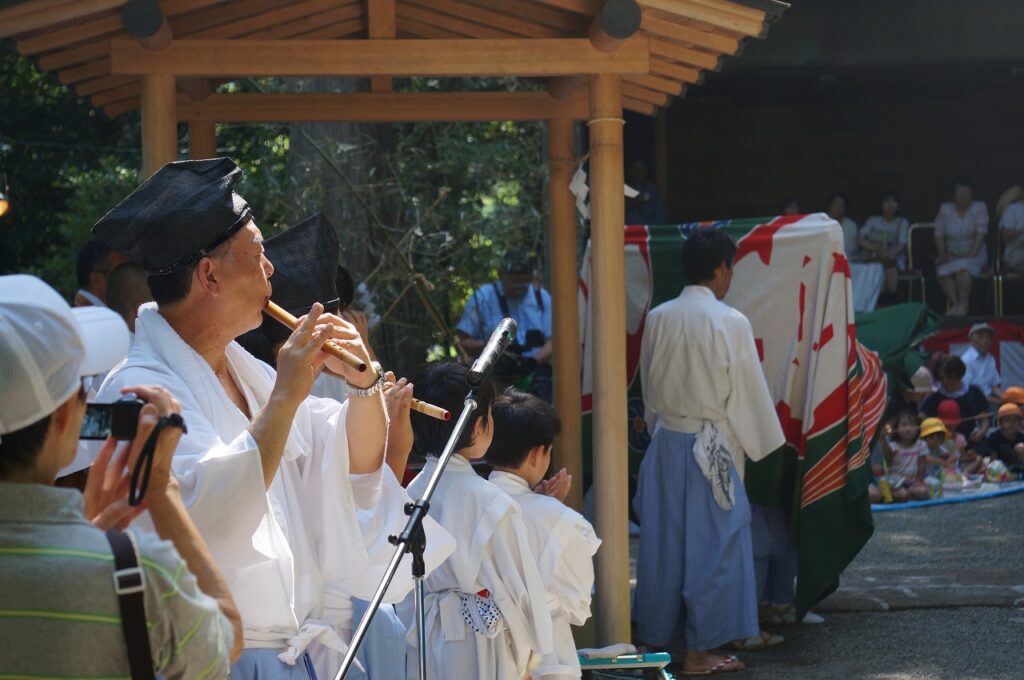
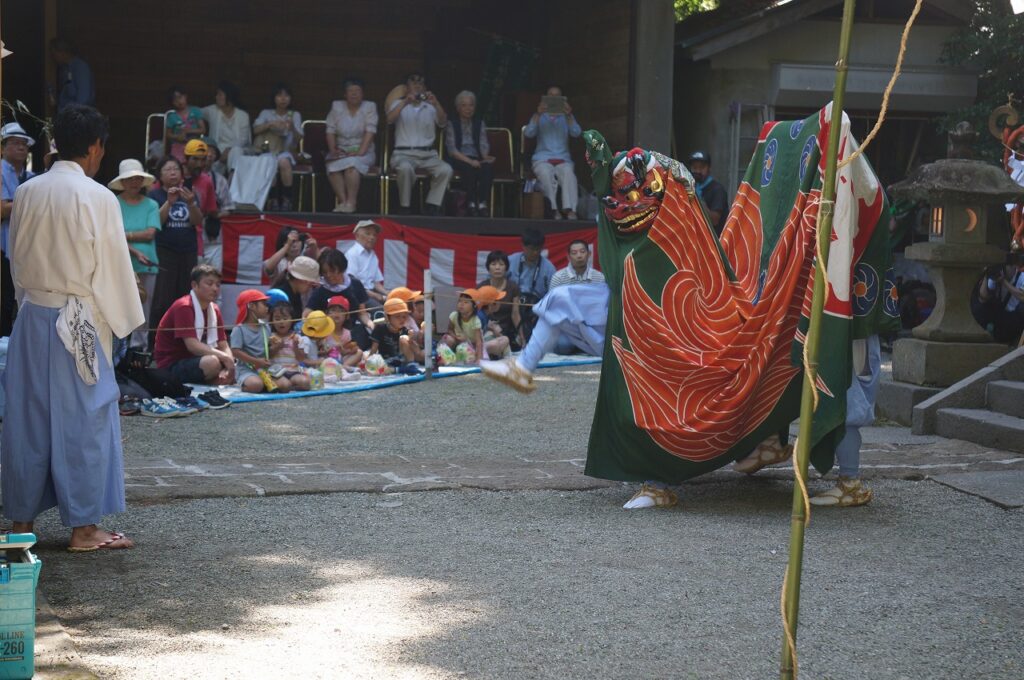
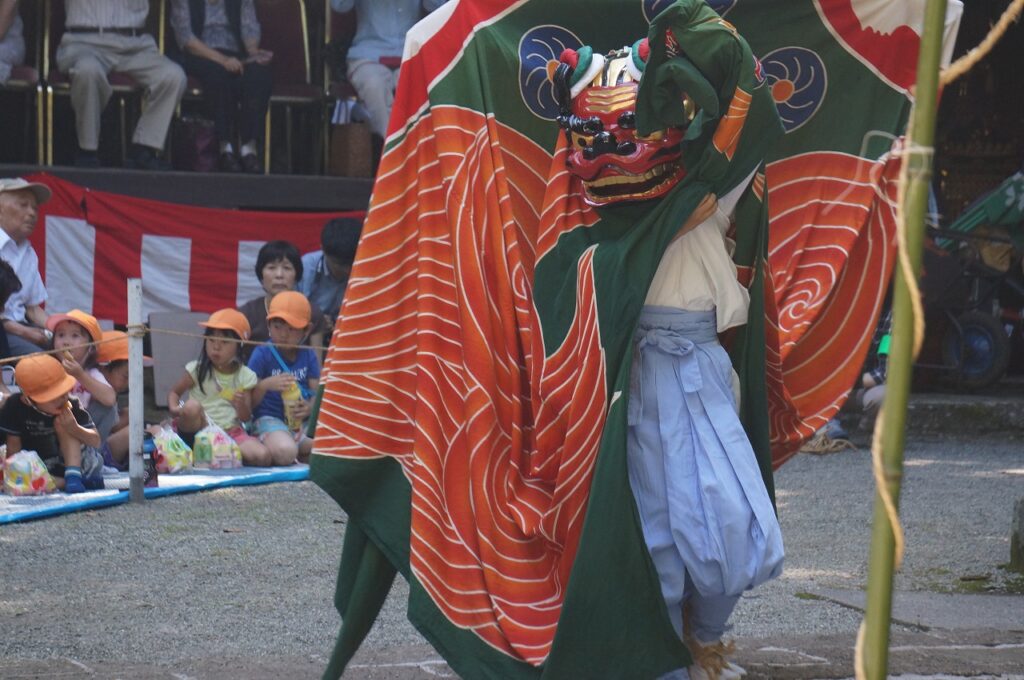
In the lion dance, every movement is strictly regulated. For example, the number of steps to be taken is fixed, and those who stand in front and those who stand behind must walk in unison through the shrine grounds.
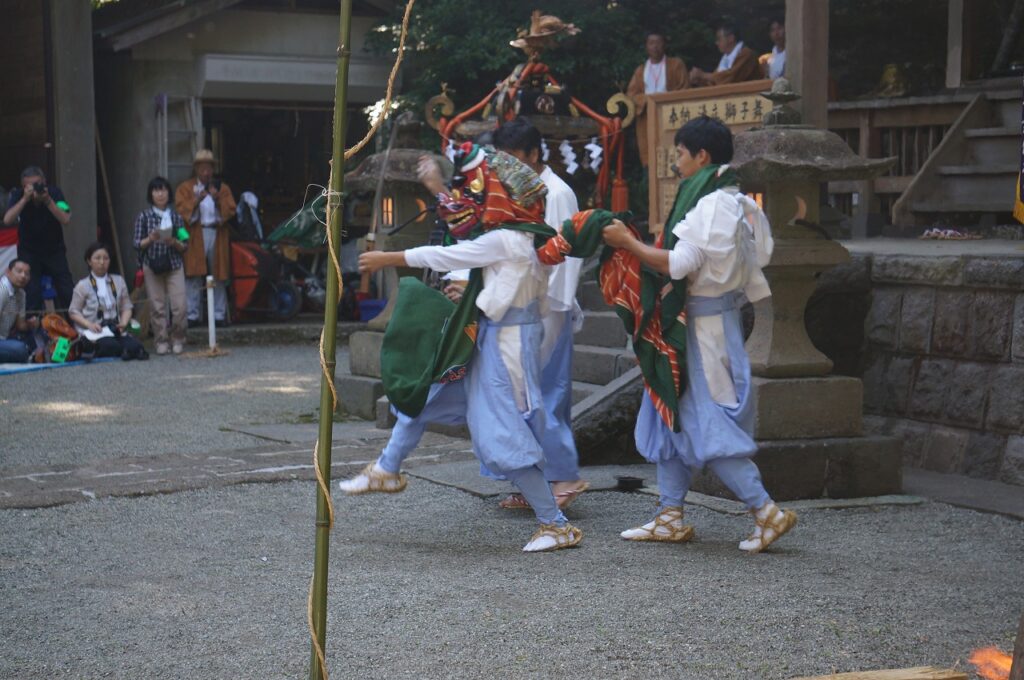

Eventually, those behind step out of the curtain and roll the curtain to ease the burden in front. The performer in the back is slightly older than the one in the front. It is as if the older person is watching over the younger one. In this way, the lion stands alone and tours the small shrine (which is made of stone) within the shrine.
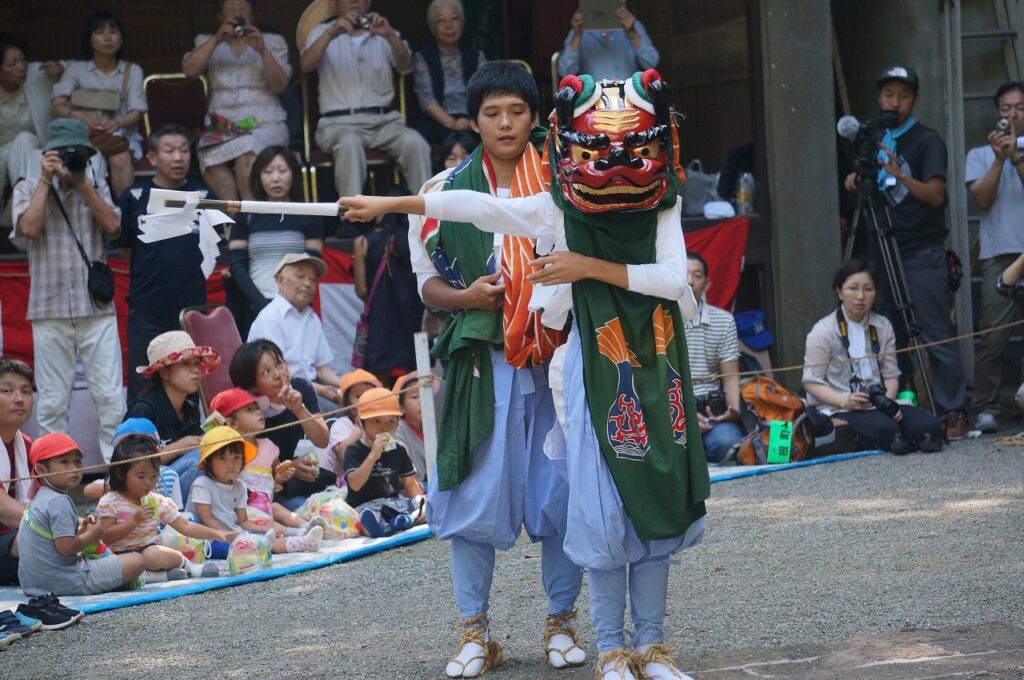
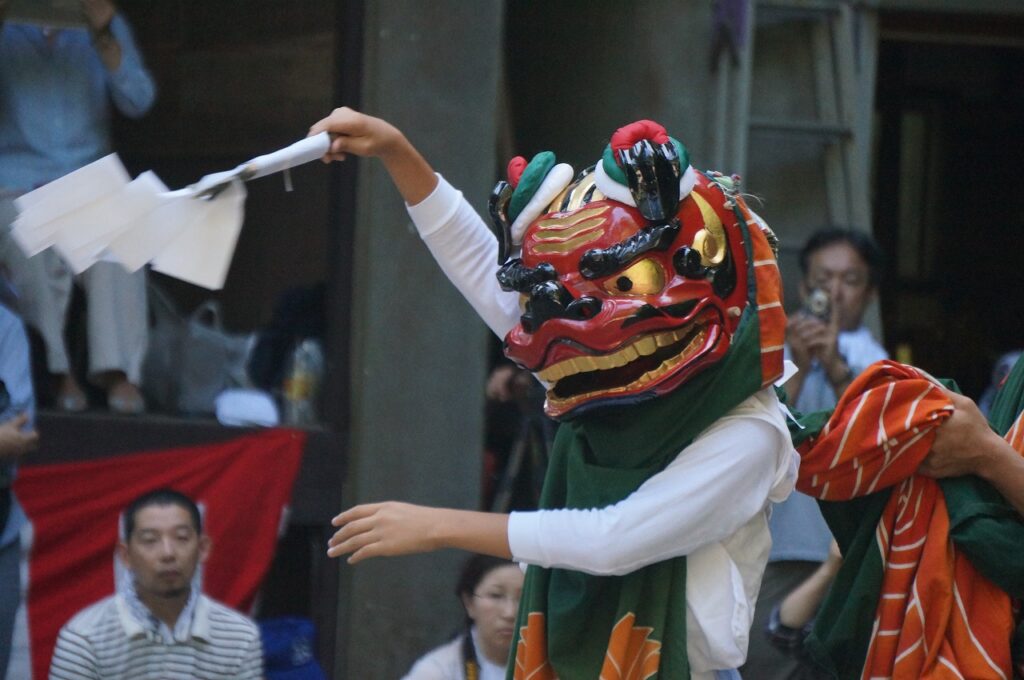
At first they go to a small shrine to receive the “Gohei” (a wooden ritual wand with pair of white zigzag paper streamers) and repeat the same movements as before. After that, the lion takes a bell and a sword. The number of steps at this time seems to be all fixed, and the boy behind the lion counts “one, two, three” as they walks.
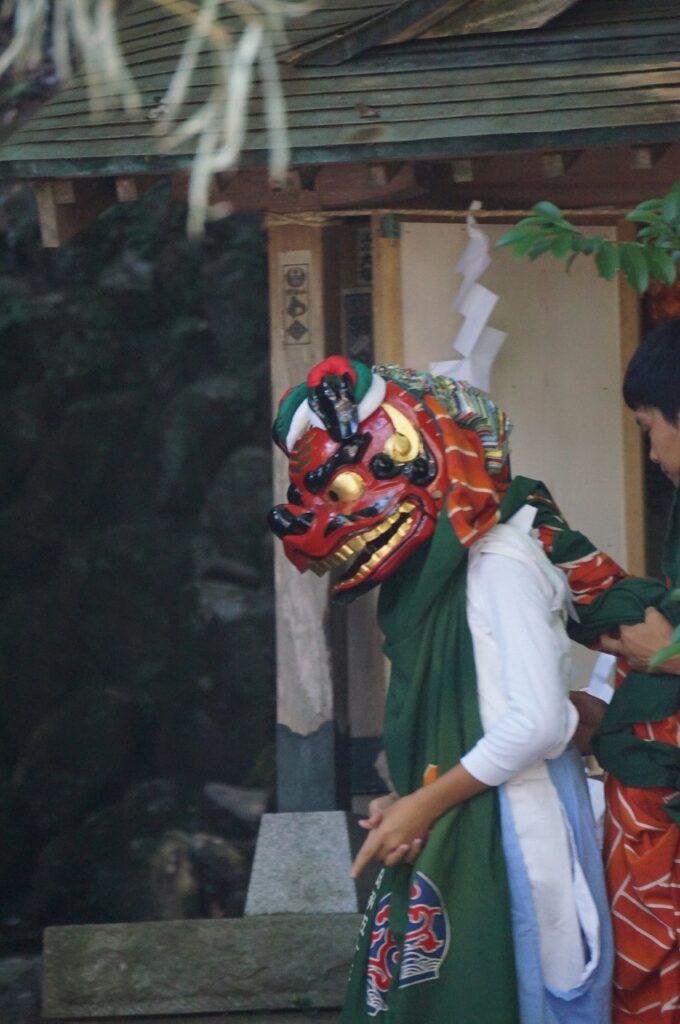


The imbalance between the stern lion’s head and slender limbs. The boys’ expressions are still young, but they are all serious. For them, this is a once-in-a-lifetime moment. The people involved, and the audience, watch over them tenderly. The ceremony takes a short break.
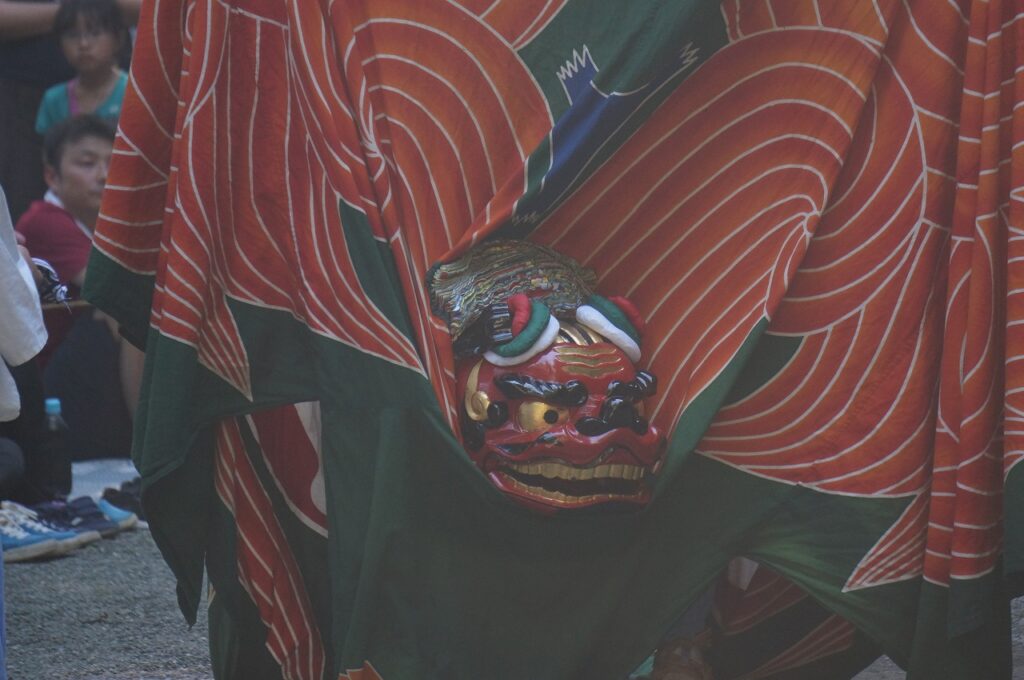

Ceremony Part 2
Three o’clock in the afternoon. After a short pause, the lions stand in pairs again, this time going around the large cauldron. The people concerned in the ceremony sprinkled salt. The climax was approaching. Here’s something to add, salt is not just a seasoning. Salt means to ward off evil, people often use it in various rituals. For example, when people come back from a funeral, it is customary for those of the house to sprinkle salt on those who return before they enter the house. There is also a belief that if salt is sprinkled in front of the house, it will become a purified barrier, preventing evil to enter. In sumo, one of Japan’s most popular sports, it is common to see sumo wrestlers sprinkling large amounts of salt. Since sumo originally originated as a Shinto ritual, this custom still remains.

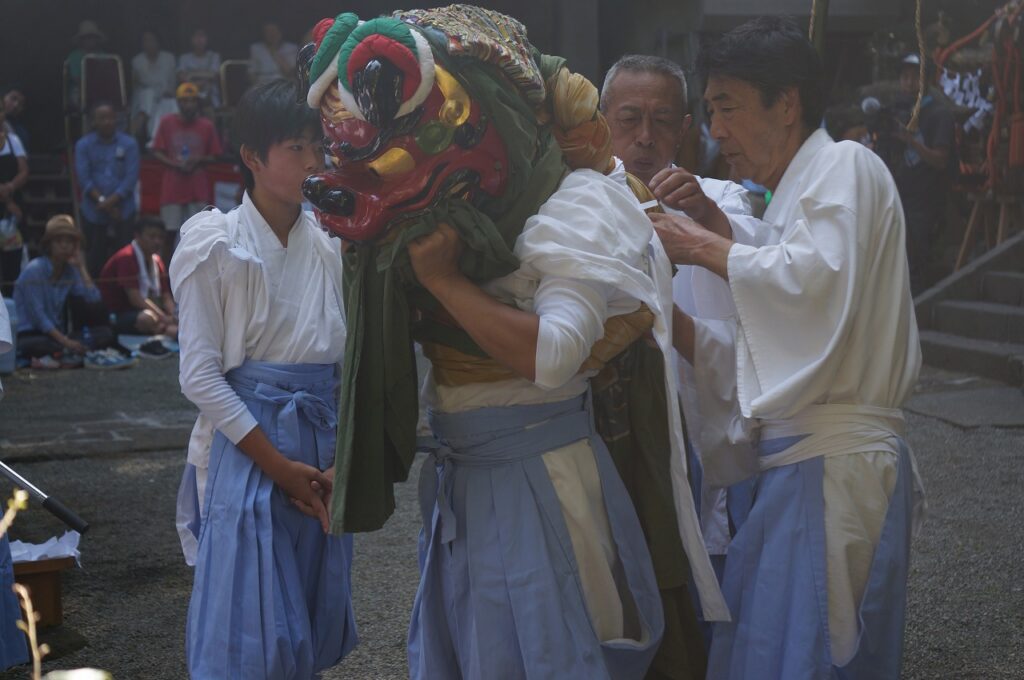
After a series of walks around the cauldron, the lion stands finally all alone. The performers in the back are completely out from the lion and the curtain is rolled up. The complete lion man, with his head ia lion, but his body human, stands here.

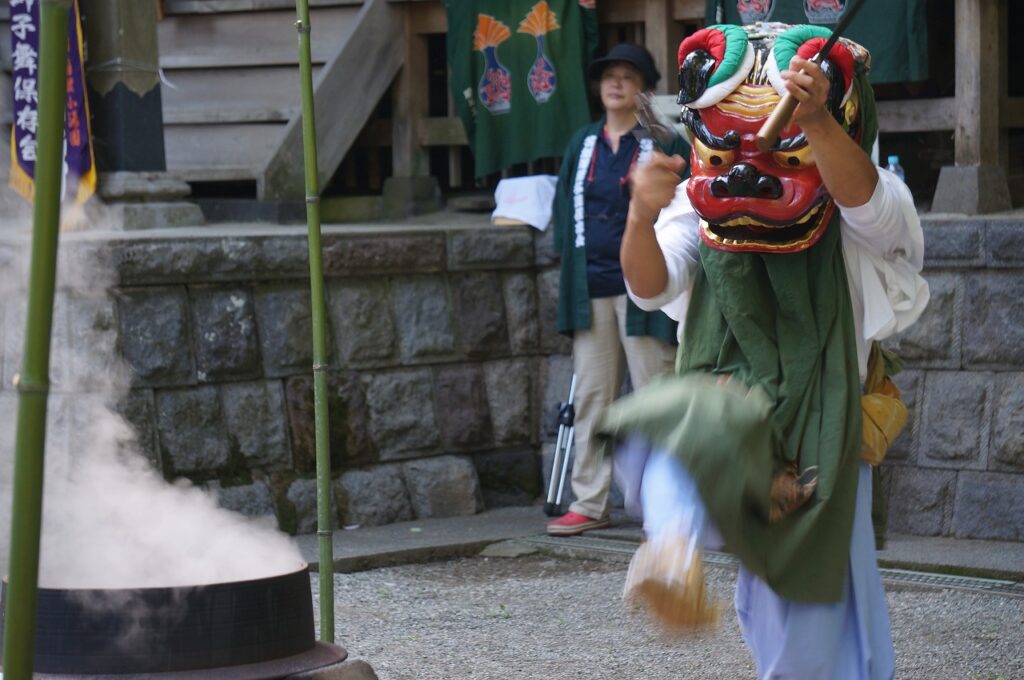
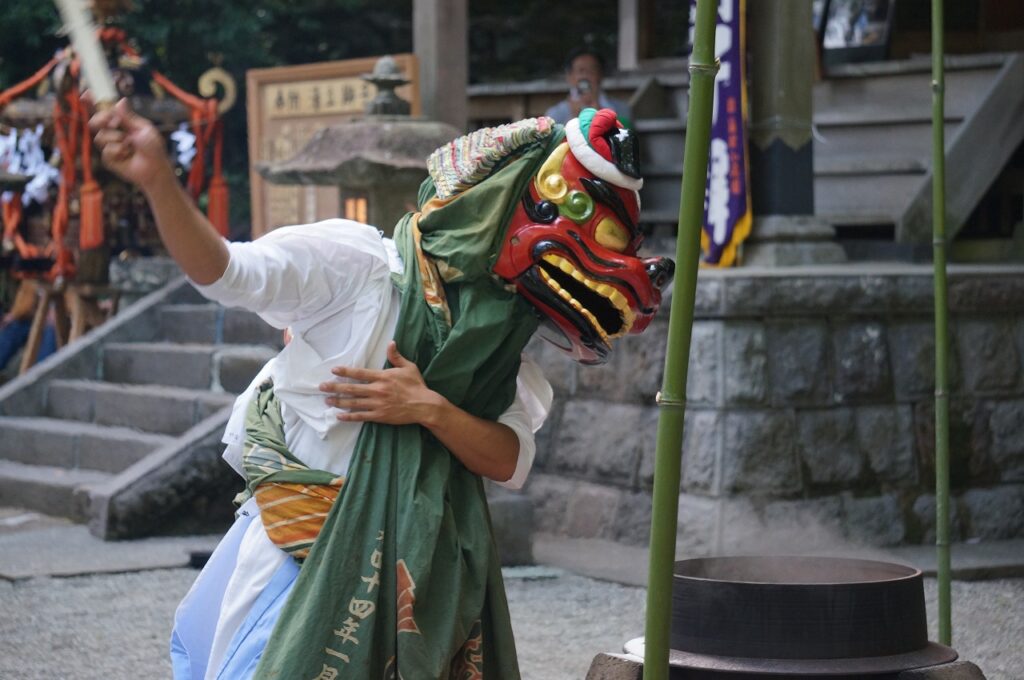
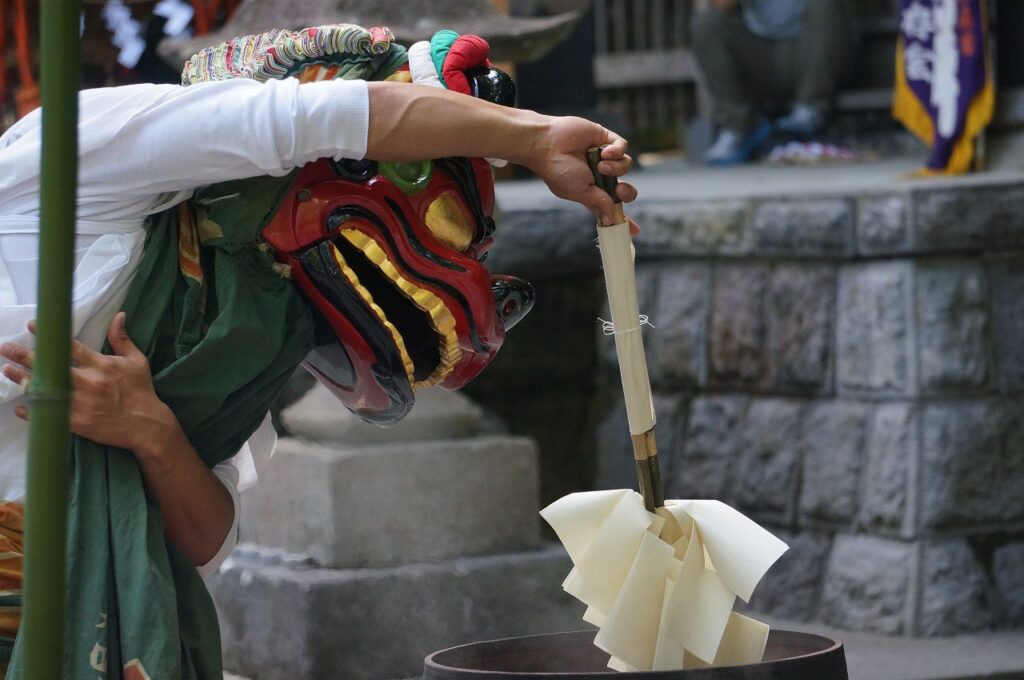
Offering “Yubana”
The lion, now alone, goes through the final series of rituals. By this time, the fire in the cauldron is blazing hot more and more and the water is bubbling and boiling. At first the lion man takes a sword. The sword is used to purify the water in the cauldron. The next is the “Gohei”. He puts it into the boiling water and stirs it. The surrounding people chant and watch. The lion performer feels the heat and frantically performs, grasping the lion’s head with his own mouth
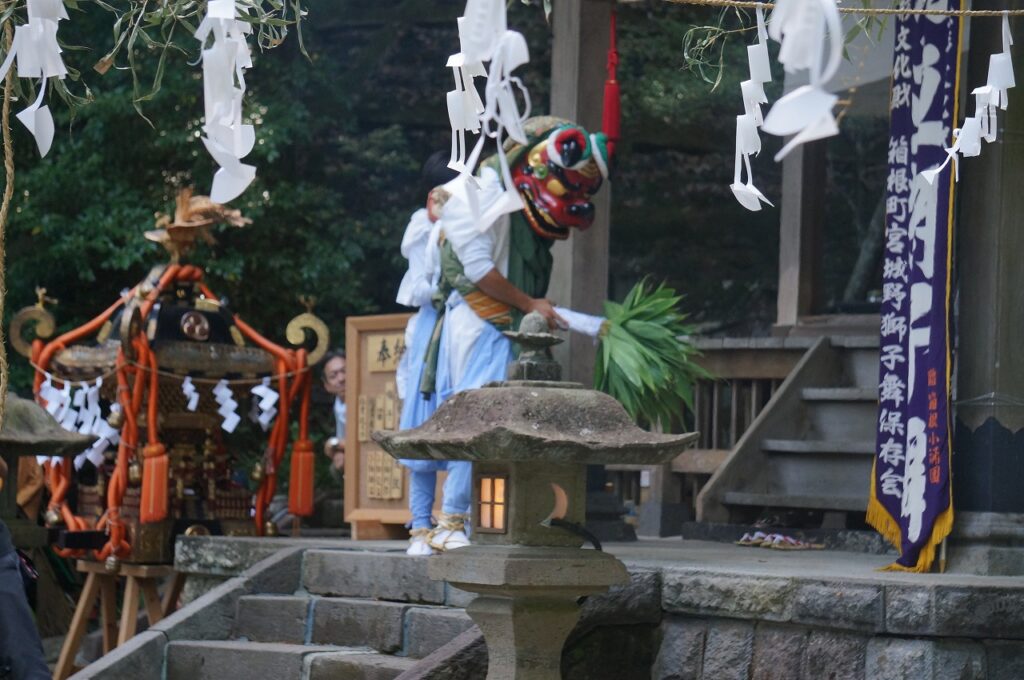
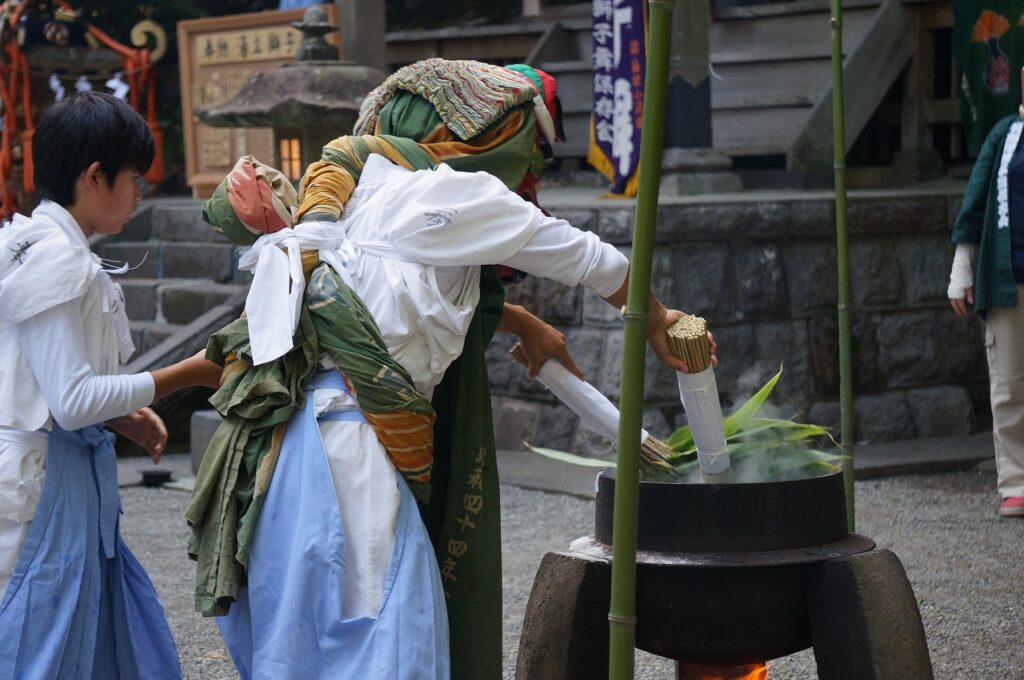
Finally, he takes the bamboo leaves and goes to the shrine first. And finally, at last, he sprinkles boiling water (yubana 湯花) around as much as he can. The hot water (yubana) falls like a cloud mist over the heads of the audience, and the air around them is filled with steam. Strangely enough, nobody feels the heat when they catch the hot water. It is said that if people are covered by it, they will have good health for a year.
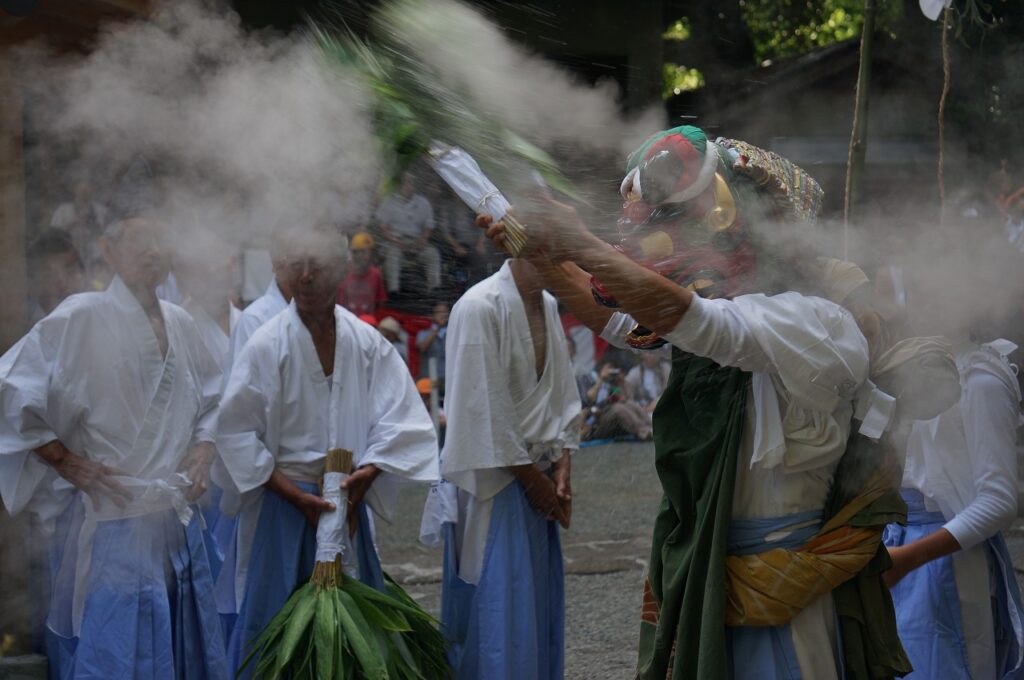
Final
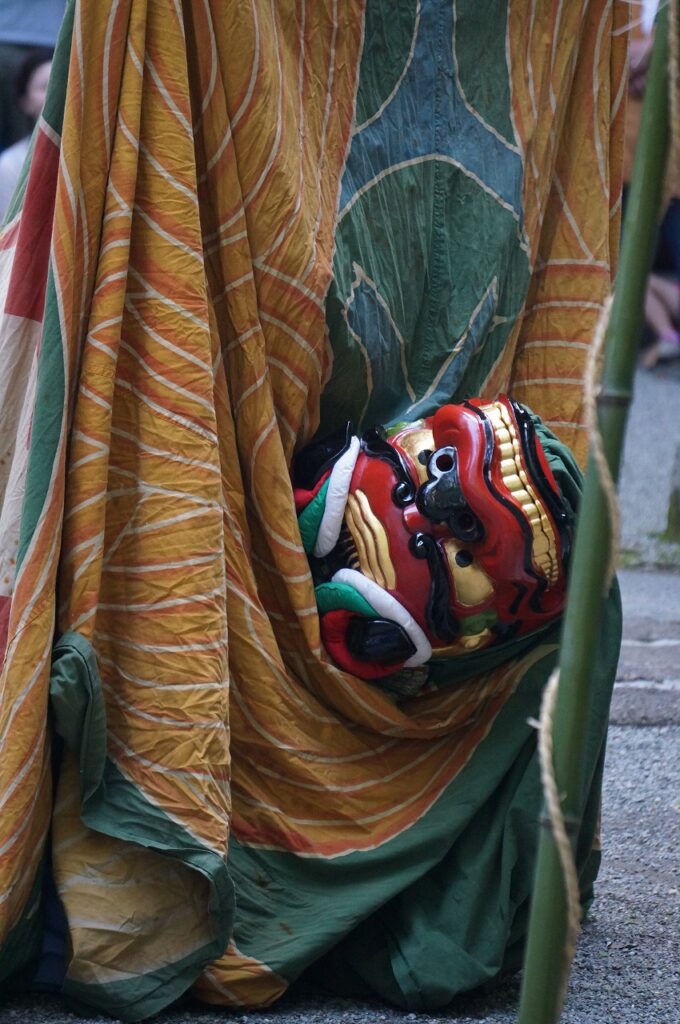
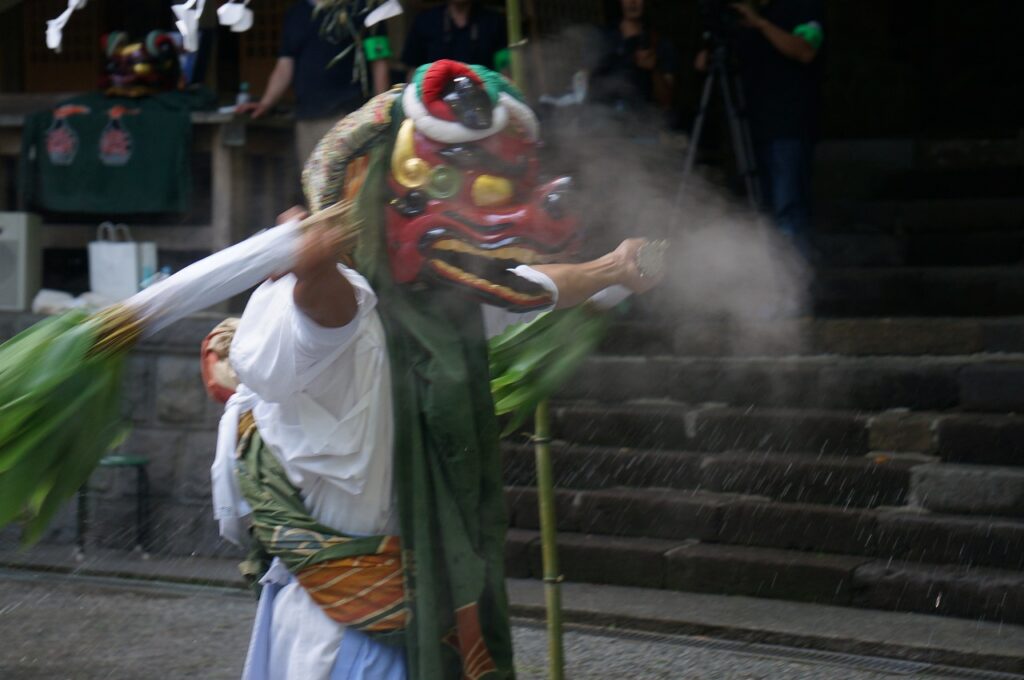

After this, the lion once again turns into a four-legged creature and performs a trick, and the whole process in precinct is over. At this point, many of the audience begin to prepare to leave. But the ritual still continues inside the main shrine. They perform the lion dance again.
It is all over at 4:00 PM. The heat is still on.
“Phew! I’m finally done!”
These were the words that came out of the boys’ mouths. That’s what they must have honestly felt after the long, long ceremony that started in January. They had been forced to live a life of inconvenience due to their devotional purification, and had endured rigorous training. They must have felt a lot of tension. However, after completing the ceremony, they have grown stronger and stronger, and will pass it on to the next generation, just as their predecessors have been protecting them for hundreds of years.
Don’t worry, there are plenty of buses to take you home. Just to Hakone-yumoto. This is the gateway to Hakone, so the town is full of souvenir shops. From there, we take the regular JR line home.
However, if you can, I recommend the Romance Car express train between Shinjuku and Hakone, although it is a bit more expensive. The first carriage has a special structure where the driver’s seat is on top of the train in order to realize the all-glass windows. It’s a great way to experience the feeling of traveling. It is also a favorite of children. I was no exception, but I have yet to ride on one for various reasons. These days, I feel that I should have at least one longing left. I ignore the voices that say, “You don’t really have money, do you?”
Information: https://www.hakone.or.jp/5725


